India's run for a podium finish at the Olympics
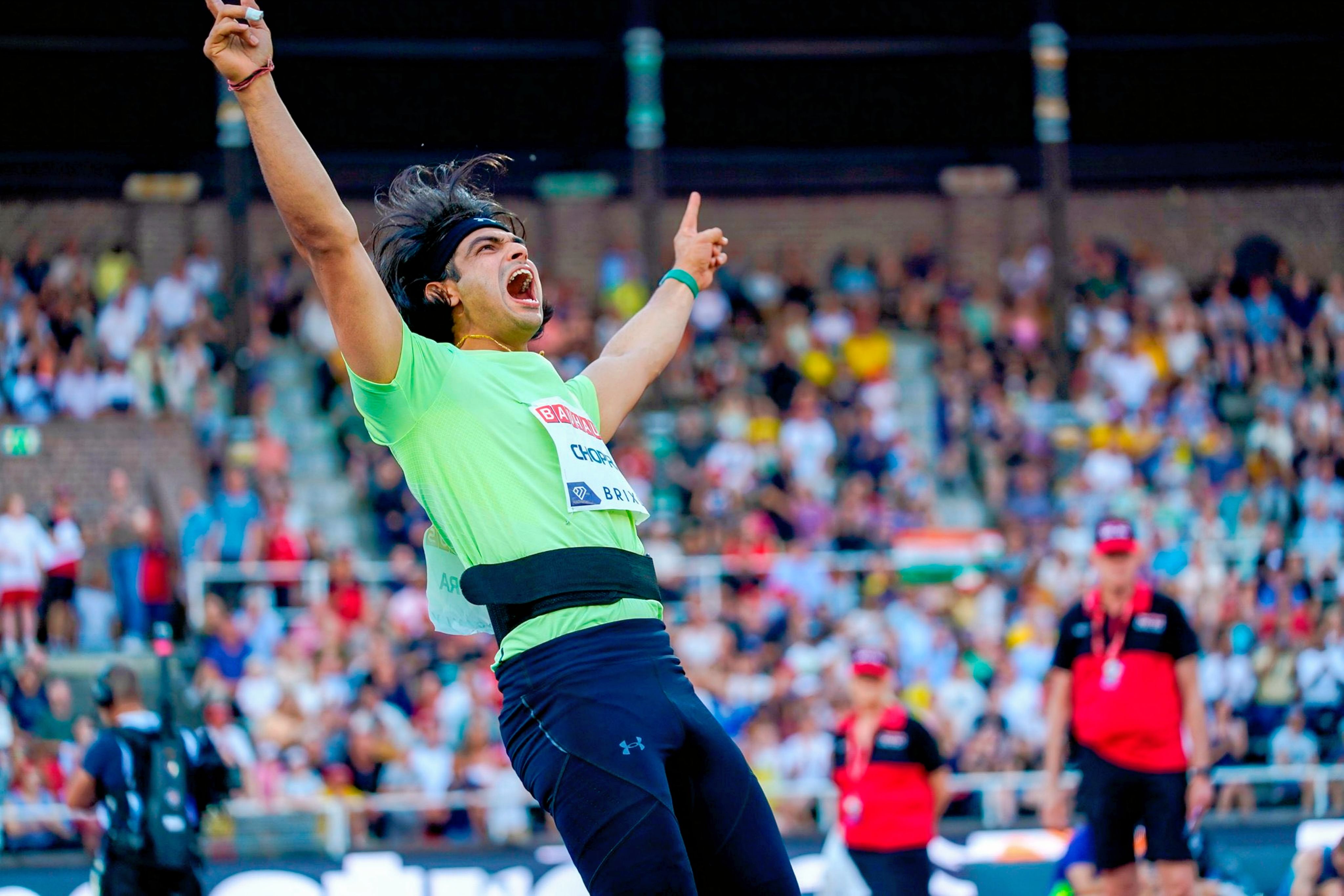
From veterans to novices, India banks big on these athletes
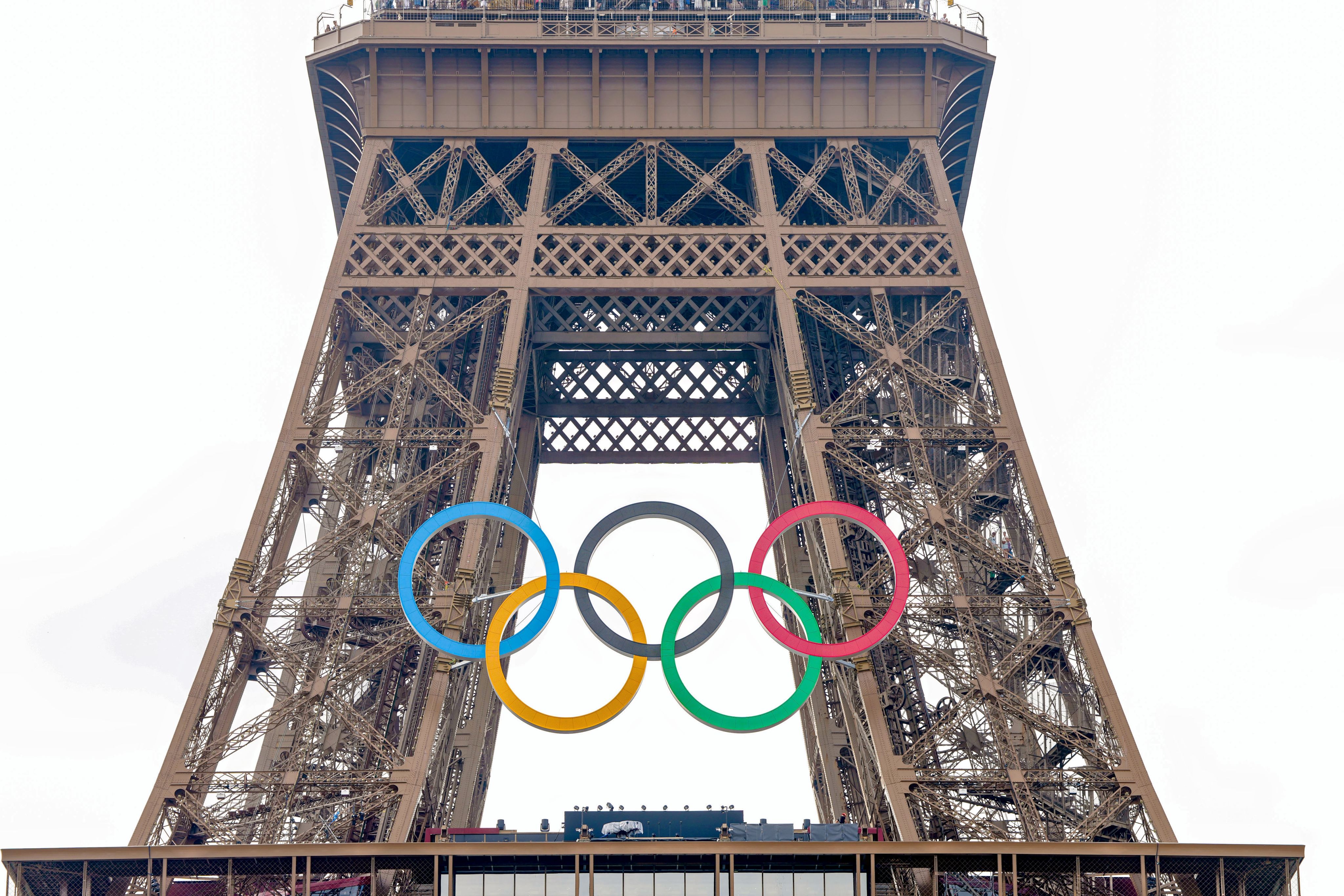
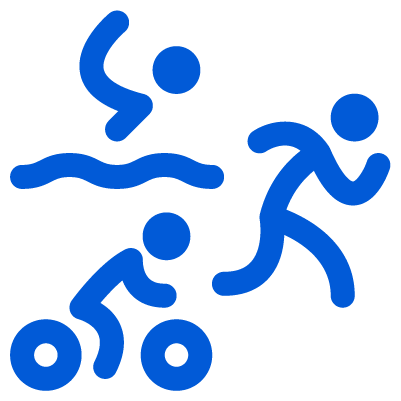
When India won a then-unprecedented six medals at the 2012 London Olympics, it was seen as a sign of progression following the successful hosting of the 2010 Commonwealth Games. World-class infrastructure, which the athletes were craving for regular training, was built in New Delhi for CWG and the London performance was somewhat linked to it. So when they boarded the flights to Rio 2016 following the London high, expectations were obviously higher but reality hit hard as India went back to hoping and praying for a medal, and eventually settling for two.
Five years later, expectations were muted for the Covid-delayed Tokyo Games but the Indian athletes touched a new high as they tallied a record seven medals with the icing on the cake being Neeraj Chopra’s gold medal in javelin throw. That adrenaline shot and efforts of government/ administrators to try and make India a sporting power saw the country breach the 100-medal mark for the first time at the Asian Games in Hangzhou last September-October. So again, expectations are considerably higher for Paris with some hoping India hits the double digit in the medals tally. DH takes a look at the main medal hopes.
NEERAJ CHOPRA (Athletics, javelin throw)
Just like how every time Sachin Tendulkar walked out to bat Indians expected him to score a century, each time Chopra holds a javelin in a competitive event, the entire nation wants him to win gold. The 26-year-old path-breaker has pretty much lived up to the expectations — winning an Olympic gold, two Asian Games gold, a World Championships gold, a Diamond League gold and an Asian Championships gold. Chopra is one of those rare breed of Indian athletes who are blessed with immense mental strength. He's someone who thrives on a big stage. No matter what the occasion or competition is, the Haryanvi always finds a way to triumph. He revels under pressure. Chopra, independent India’s second individual gold medallist, will find it tough defending his Tokyo gold at the State de France on August 8. Germany’s 19-year-old Max Dehning, the youngest to throw over 90m, will be determined to announce himself while Czech Republic’s Jakub Vadlejch, who settled for silver in Tokyo, will be gunning for revenge and Julian Weber will be seeking that elusive Olympic medal. Chopra is also being troubled by an adductor muscle which has restricted him from competing in the build-up events to Paris but the Indian will surely be fired up by the time he checks into the City of Lights.
MIRABAI CHANU (Weightlifting 49kg)
Much before Neeraj Chopra provided the golden hurrah to India’s journey in Tokyo, it was Mirabai Chanu’s silver that had the country in raptures. Standing an inch shorter for five feet and competing in the 49 kg category, Chanu produced a powerhouse performance to bag a silver that acted as a catalyst for the rest of the contingent. The ever-smiling Manipuri comes to Paris buzzing with confidence but the 29-year-old’s toughest challenge will come from defending champion Hou Chihui of China, the dominant force in this weight category.
SATWIKSAIRAJ RANKIREDDY/ CHIRAG SHETTY (Badminton, doubles)
The duo is India’s major medal hope from badminton following the slide in form of PV Sindhu, a two-time Olympic medallist. The effervescent pair has been in sensational form this year, winning two titles after having finished runners-up twice and then becoming the first Indian duo to top the world rankings. That’s not the only first they did after having landed the country’s first badminton gold at the Asian Games last year. They are brilliant in defence, strong in attack and have worked hard on service returns which was probably their only weak link.
PV SINDHU (Badminton, singles)
Sindhu hasn’t been her usual self since returning to the tour in February following a knee injury. Barring one runner-up position at the Malaysia Masters, she’s suffered four second-round defeats. The last time she won a title was in Singapore, a year to date. So when her form hasn't been encouraging why is she touted a potential medallist? It’s because of her pedigree. Probably the most decorated female athlete in the country with five world championship medals, including a gold, and two Olympic medals, Sindhu is a big-match player. She’s been stressing that despite a turbulent season, she’s determined on becoming India’s first individual three-time Olympic medallist.
ANTIM PANGHAL (Wrestling, 53kg)
For a sport that has been in the wrong news for the last couple of years since a bunch of wrestlers hit the streets in protest against former WFI chief Brij Bhushan Sharan Singh, 19-year-old prodigy Antim could be the one to lift all the gloom that has enveloped one of India's more productive disciplines. The teenager, a two-time World Junior Championships gold medallist, has been seeded fourth and placed in top half which means she avoids two-time world champion Akari Fujinami, two-time European champion Emma Malmgren and Tokyo Olympics silver medallist Qianyu Pang until the medal rounds. Her biggest challenge could potentially come in the quarters where she may face Greece’s Maria Prevolaraki, a three-time World bronze medallist. If she aces that, then she could run into Ecuador's Lucia Yepez, the top seed.
MANU BHAKER (Shooting, 10m air pistol and 25m pistol)
One of the downsides of achieving a lot at a young age is the lofty expectations that precede as they grow up. Bhaker is probably a victim of this. Making her World Cup debut at the senior level in Guadalajara, Mexico in May 2018, Bhaker, just 16 then, won the 10m air pistol gold to become the youngest Indian to achieve such a feat. She followed it up with a gold in the same discipline at the Commonwealth Games. The youngster has gone on to achieve several accolades on the world stage but the one missing jewel is an Olympic medal. She was one of the favourites at Tokyo but the weight of expectations was too much to bear for her slender shoulders as she bungled up big time. Now 22 and wiser by the experience, Bhaker heads to Paris hoping to cement her legacy as one of the finest shooters in the country.

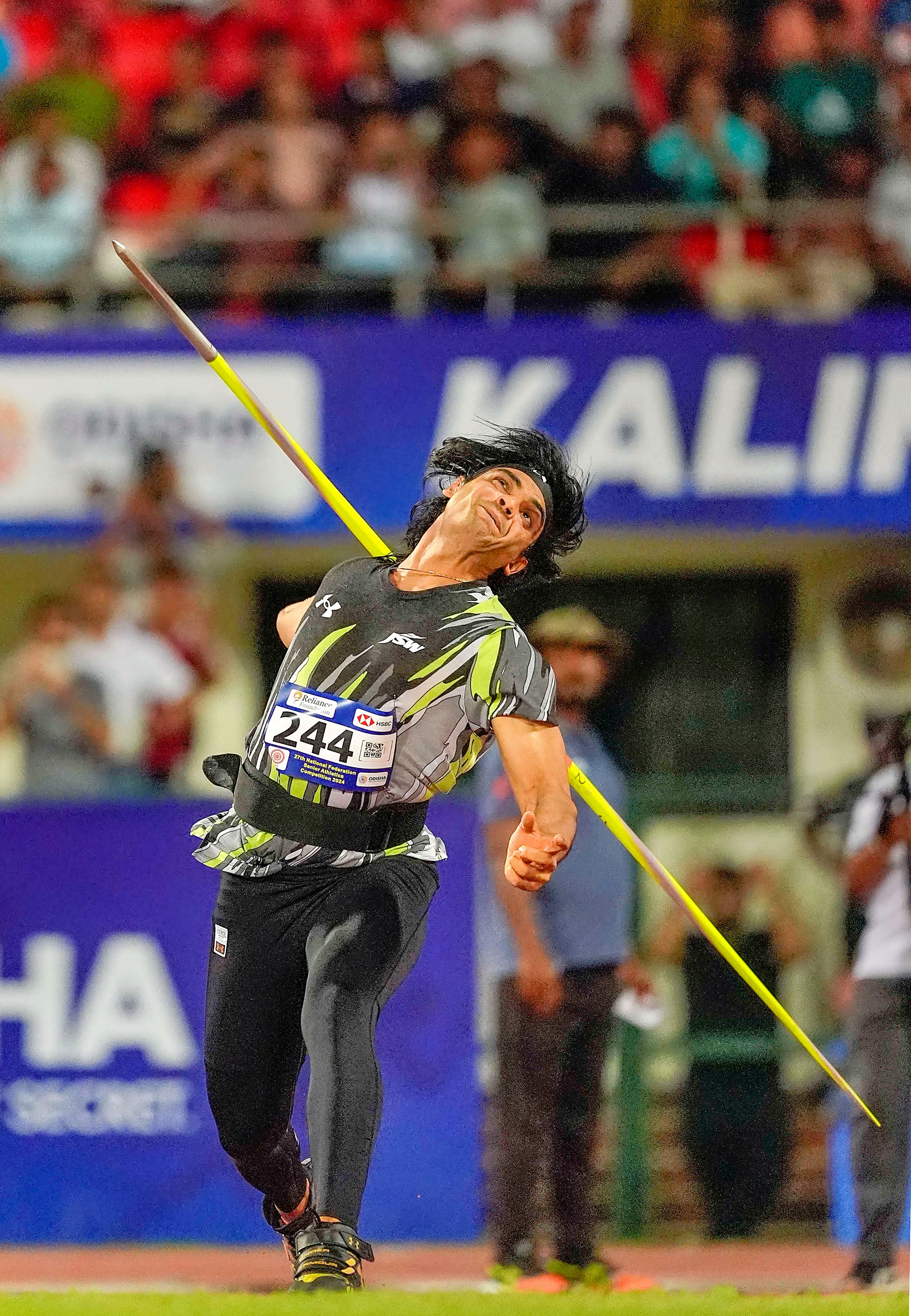

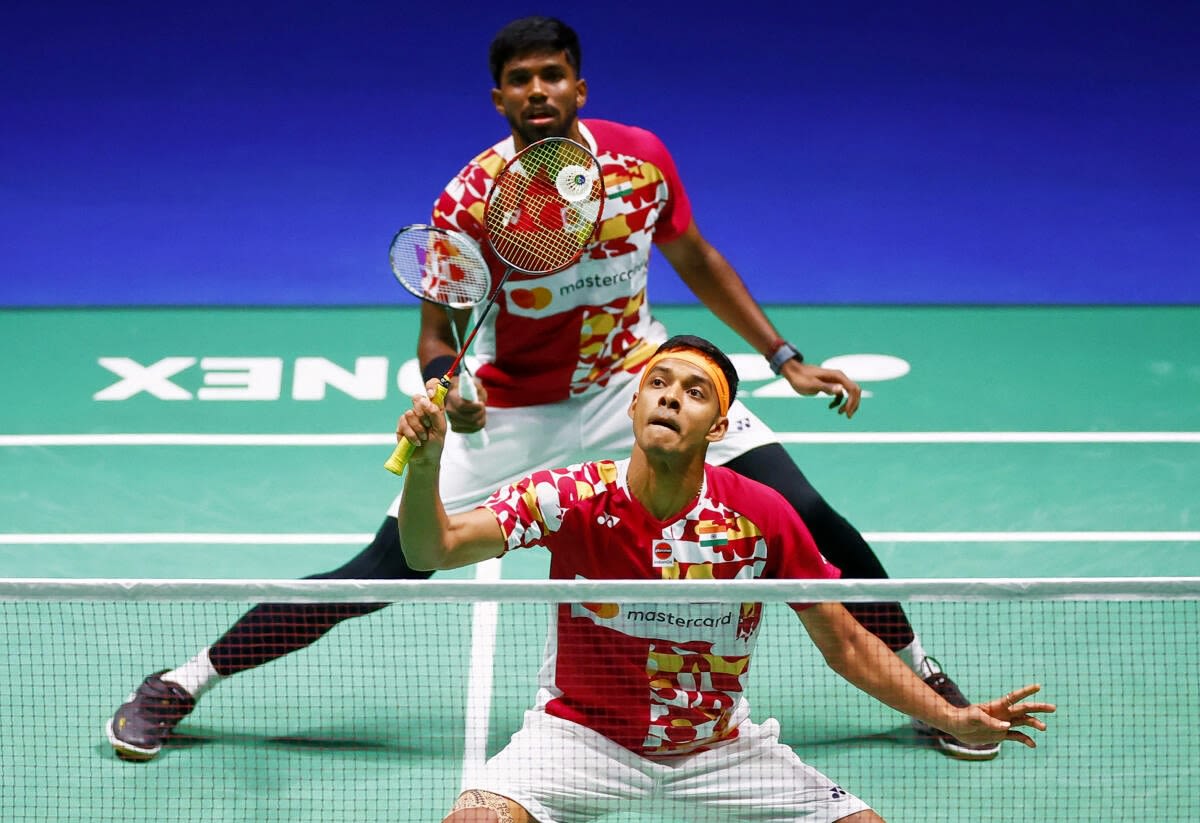
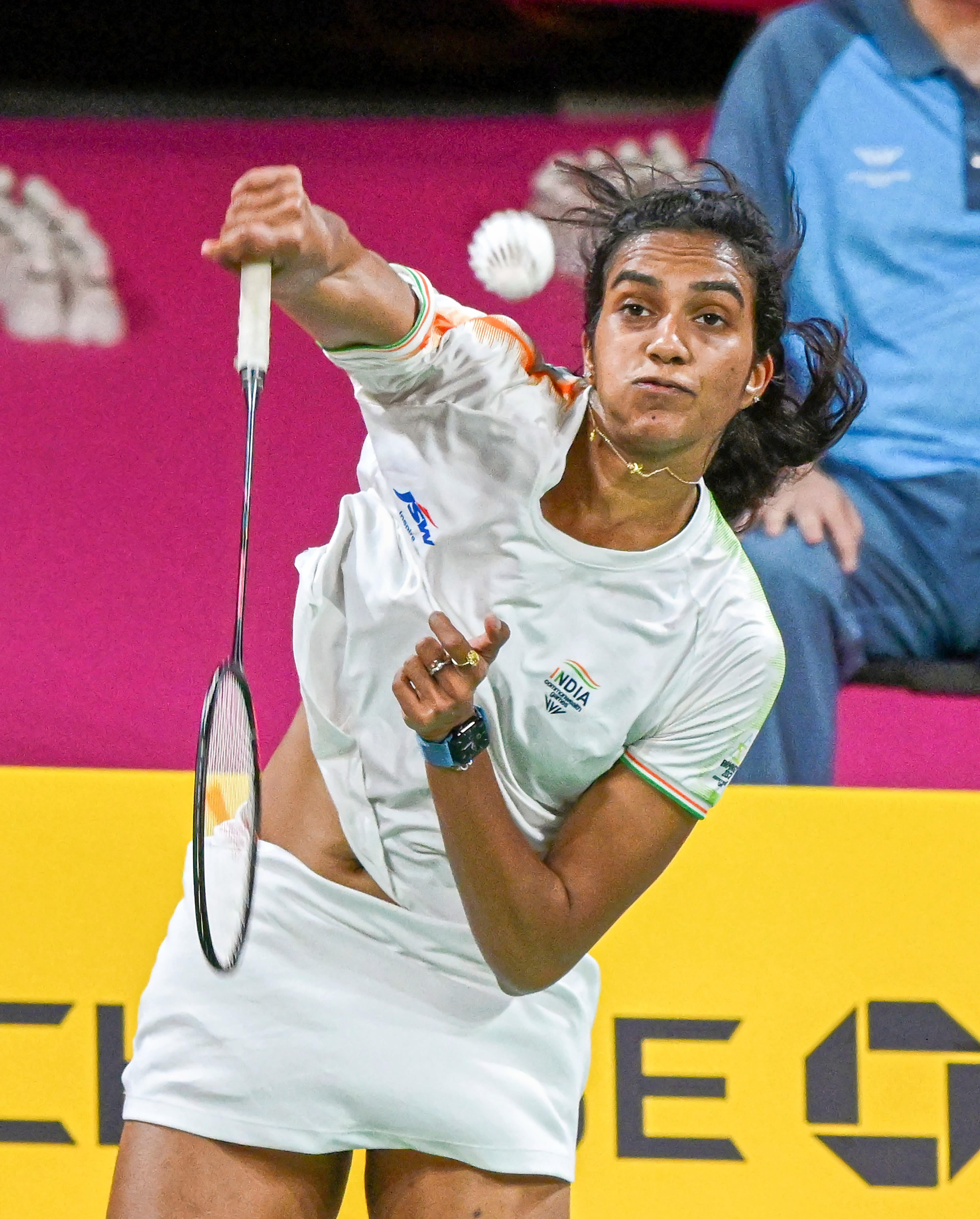
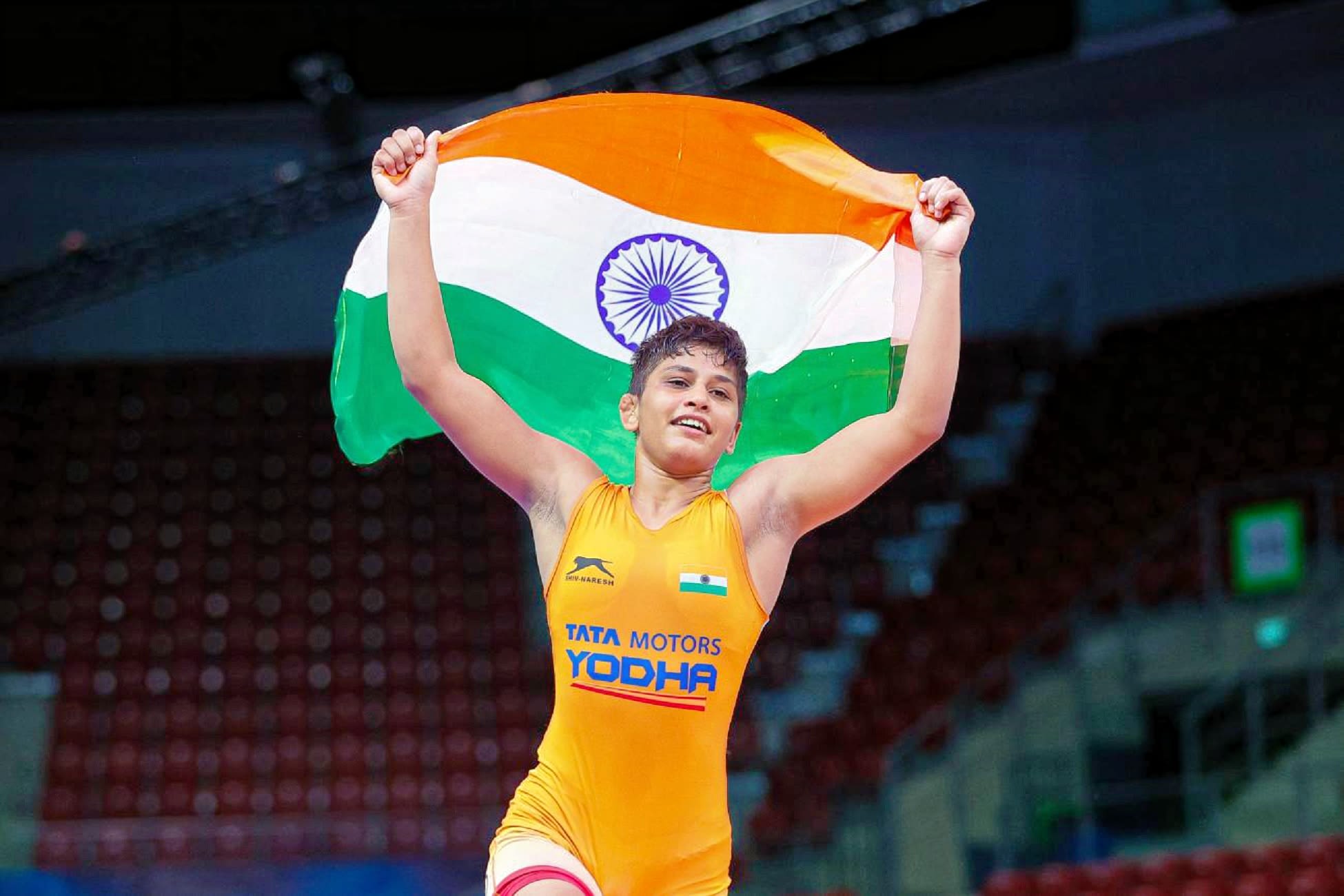
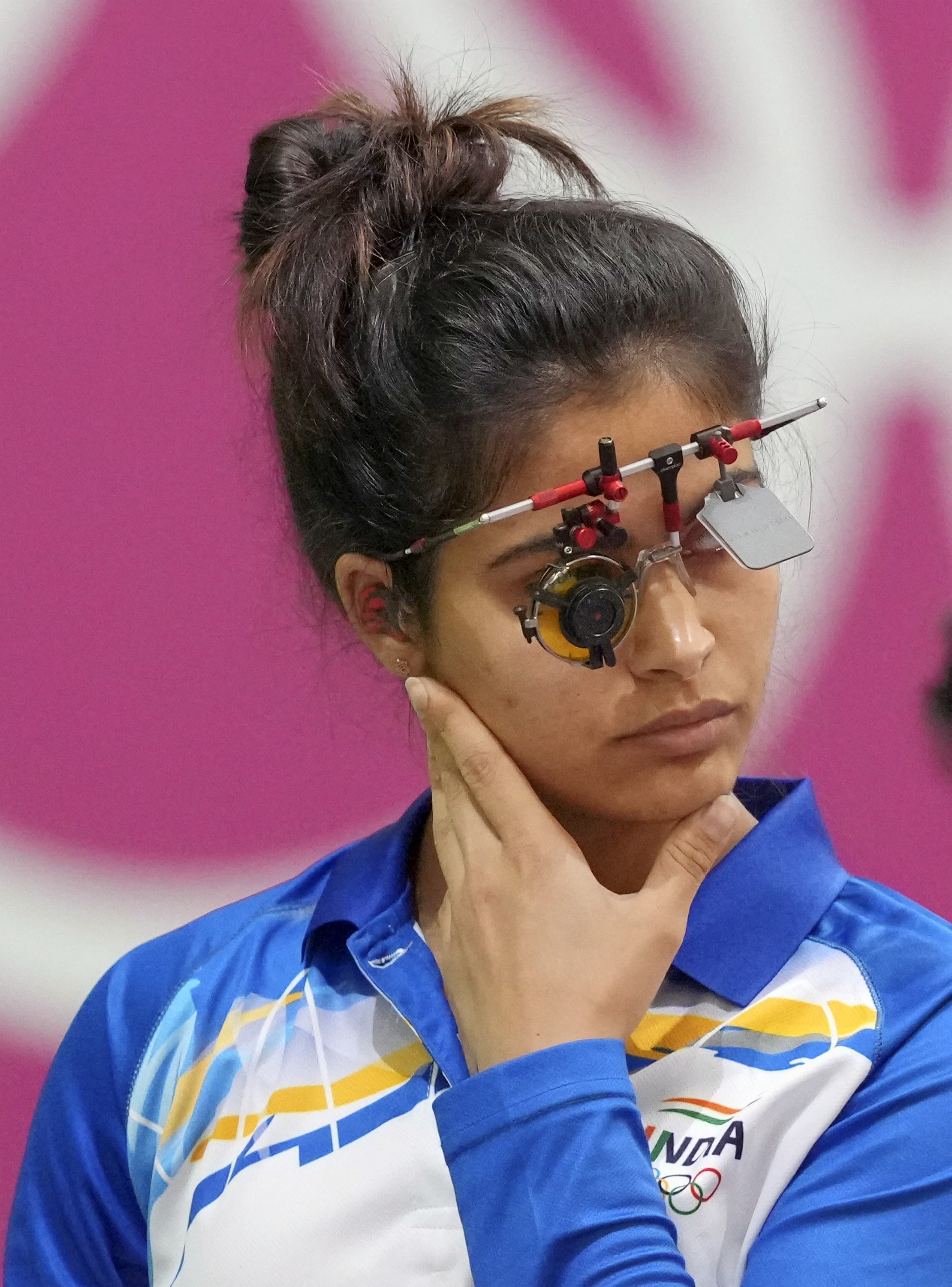
Can India turn bronze in Tokyo to gold in Paris?
The men's hockey team — the country's most successful discipline in the Olympics — has a tough challenge ahead of it

When the Indian men’s hockey team won a bronze medal at the Tokyo Olympics three years ago, the elation was witnessed not just on the players’ faces but in the country as a whole. Hardcore fans of the sport, especially in the heartland regions of Punjab and Haryana where it is revered, were left with tears of joy as Manpreet Singh and Co finally ended a 41-year wait for an Olympic medal.
Even many journalists, who are typically expected to mask their emotions given the nature of their job, gave in. Media folks who made the flight to Tokyo amid the Covid-19 pandemic, happily celebrated with the players.
The euphoria continued even after the team touched down in India with journalists flooding their social media accounts with photos along with the medallists.
Can the celebrations for a bronze medal turn into a carnival for a gold this time? Can Harmanpreet Singh and his band of boys achieve in Paris what Vasudevan Baskaran and his men did in Moscow by scaling the summit which was India’s eighth and last gold in the discipline? Or can they even scale the podium? Well it’s going to be a Herculean challenge considering the quality of opposition and the tricky group they are placed in.
India are bunched in Pool A along with defending champions Belgium, heavyweights and three-time World Cup winners Australia, Rio Olympics champions Argentina, the dangerous New Zealand and Ireland. India, who are in a rebuilding phase under new coach Craig Fulton and are still finding their feet under the South African, have no easy matches considering they are up against three high-quality sides who will also be chasing the gold. The first aim would be to finish inside the top four that secures a quarterfinal ticket after which it’s all about how they handle pressure and expectations.
In terms of squad composition, they’ve got a blend of youth and experience with a majority of the 16-member squad having tasted glory at the Asian Games in Hangzhou last year. But post that high which sealed their Paris ticket, the form of the team, especially this year, hasn’t been great.
Fulton is a coach who believes it’s a defensive discipline that wins matches more than attacking flair. He’s tried to ingrain that defensive mentality in Indians and given that it doesn’t come naturally to them, they’ve sort of struggled to adapt to his methods completely.
The proof is in the pudding. They lost all five matches during the tour to Australia and have won just one out of the 8 matches in regulation time in the Pro League. This is not an ideal build-up towards an event as big as the Olympics but Fulton, during an interaction with DH ahead of the team’s departure from Bengaluru, sounded confident of the pieces falling in place in France. He claimed form during build-up hardly matters if they get the job done at the Olympics.
For that to happen, a lot will hinge on the performance of three seniors — captain Harmanpreet Singh, his predecessor Manpreet Singh and PR Sreejesh. All three of them play in three vital areas and they will have to string in inspirational performances. Harmanpreet, who has been blowing hot and cold, has to fire in the drag-flicks and stand like a rock in defence, Manpreet will have to dictate the play — be it attacking or holding — in the midfield and goalkeeper Sreejesh can’t let too many past him. And of course, the remaining 13 too have to be at their best.
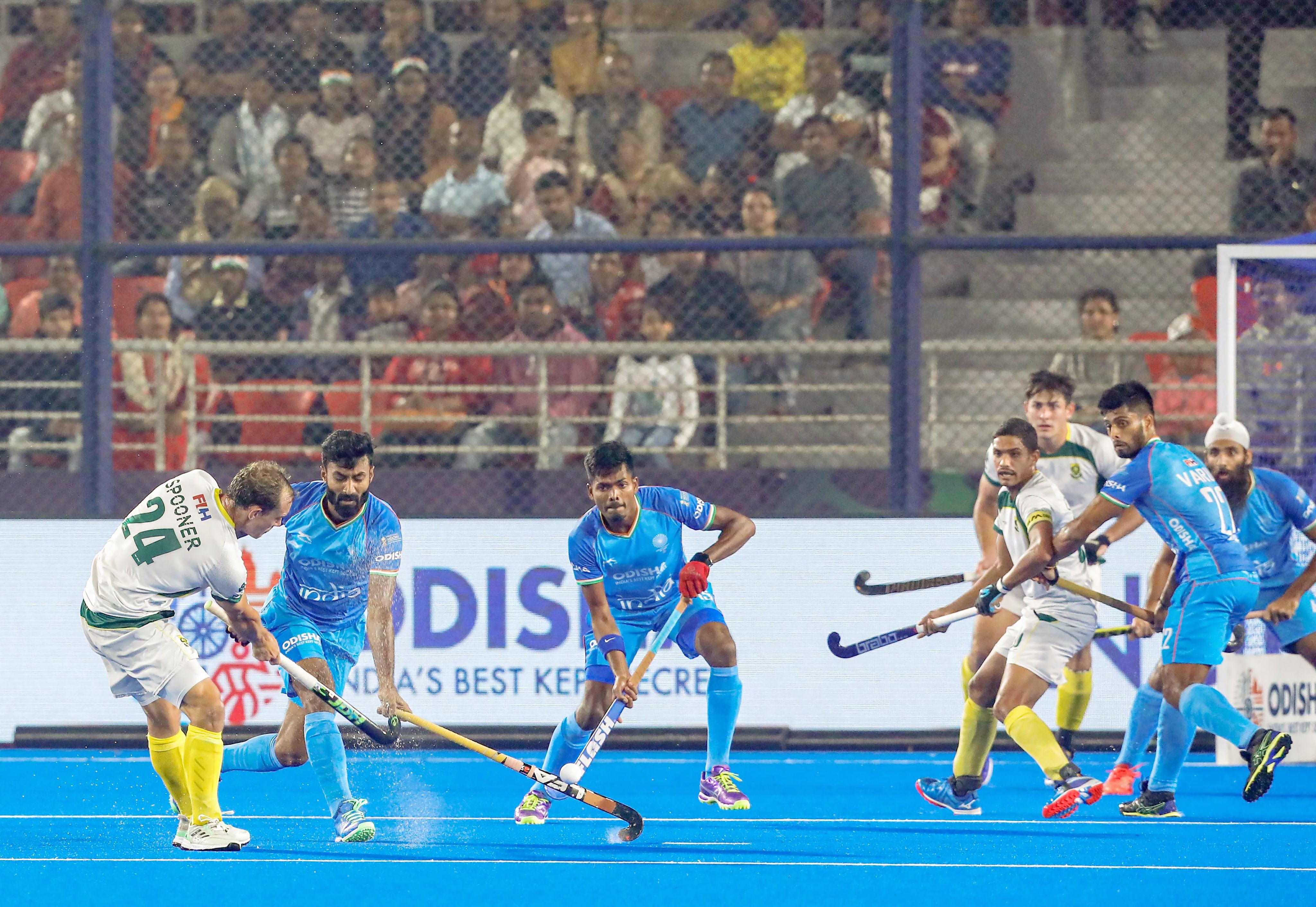
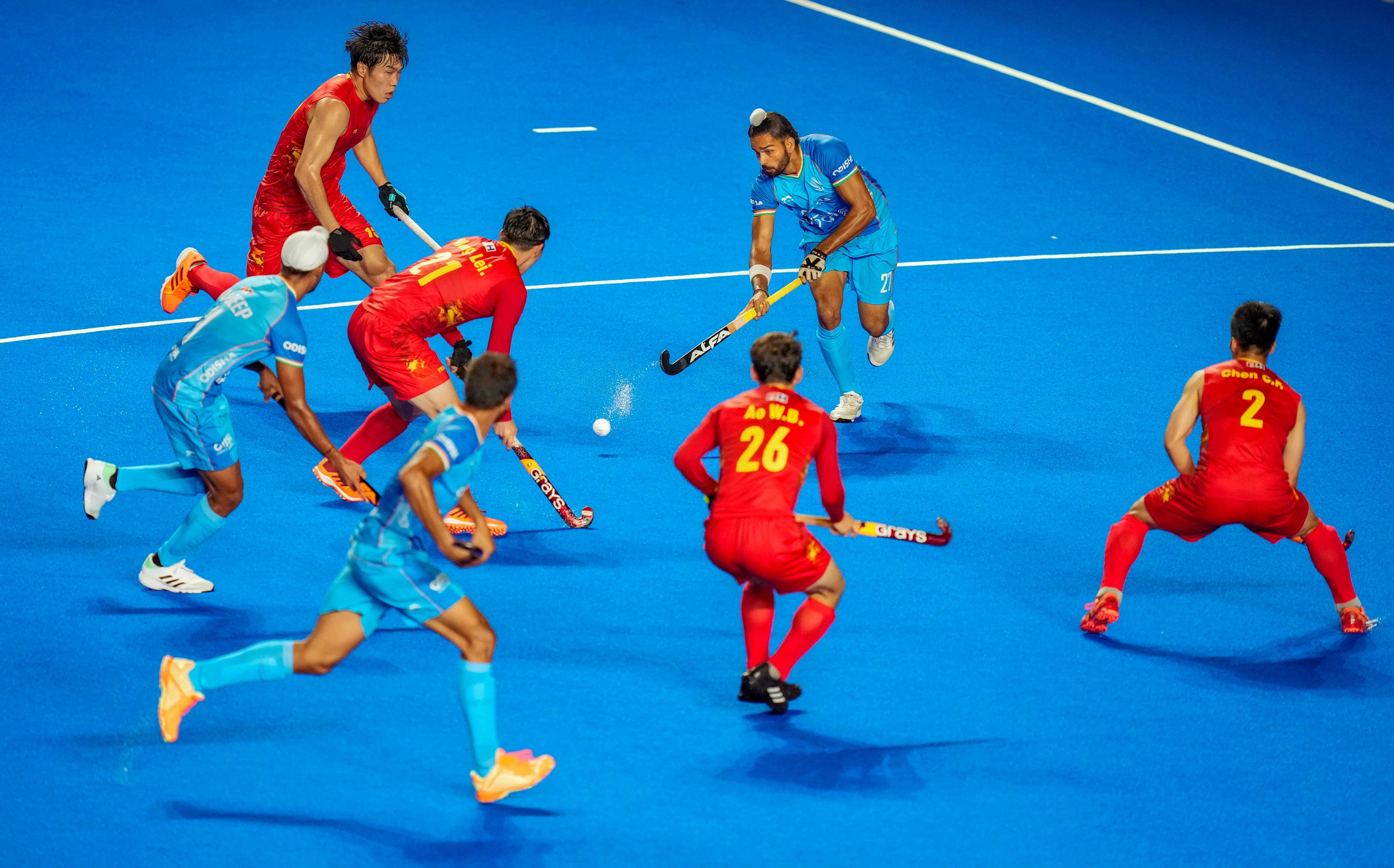
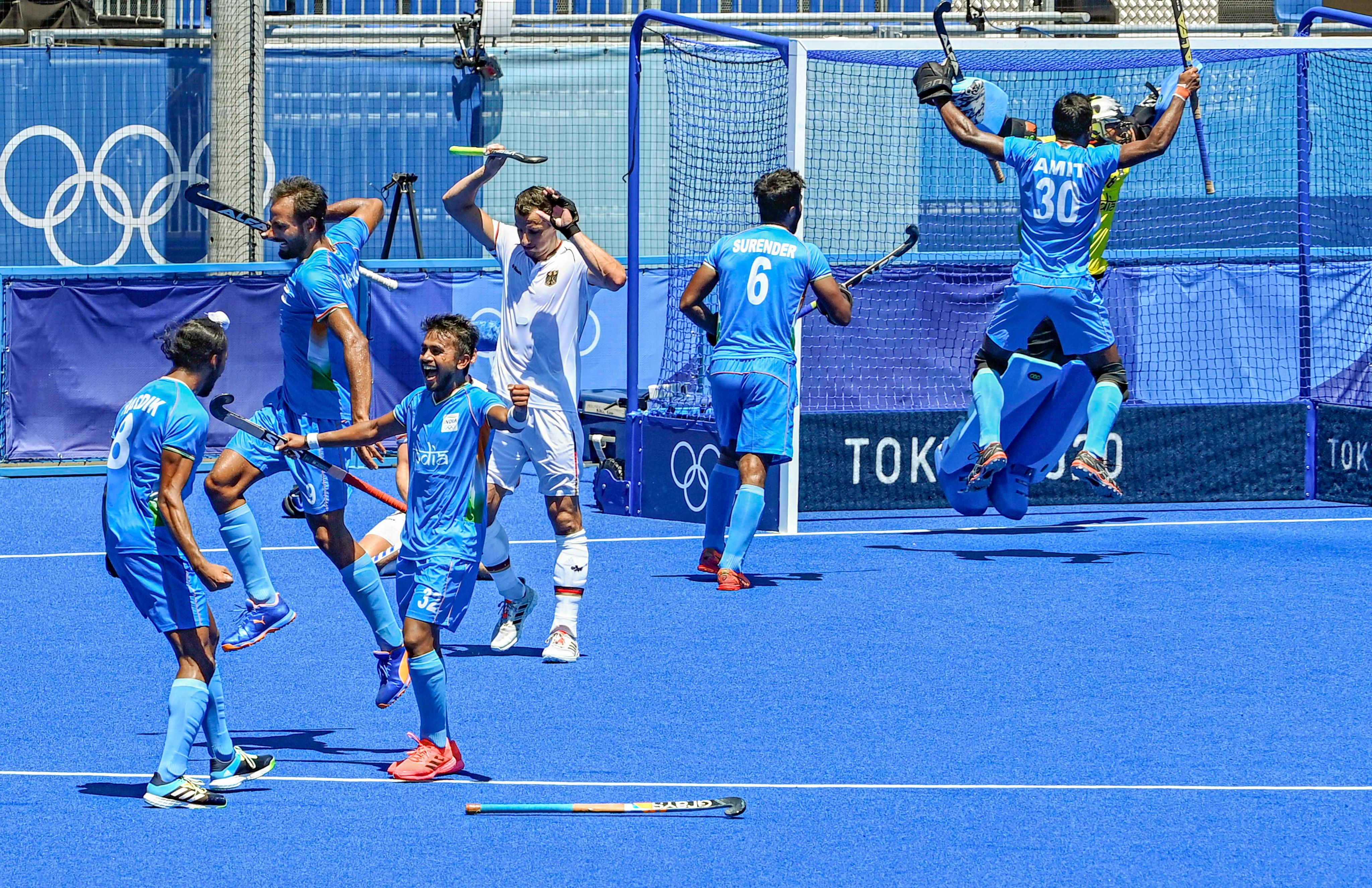
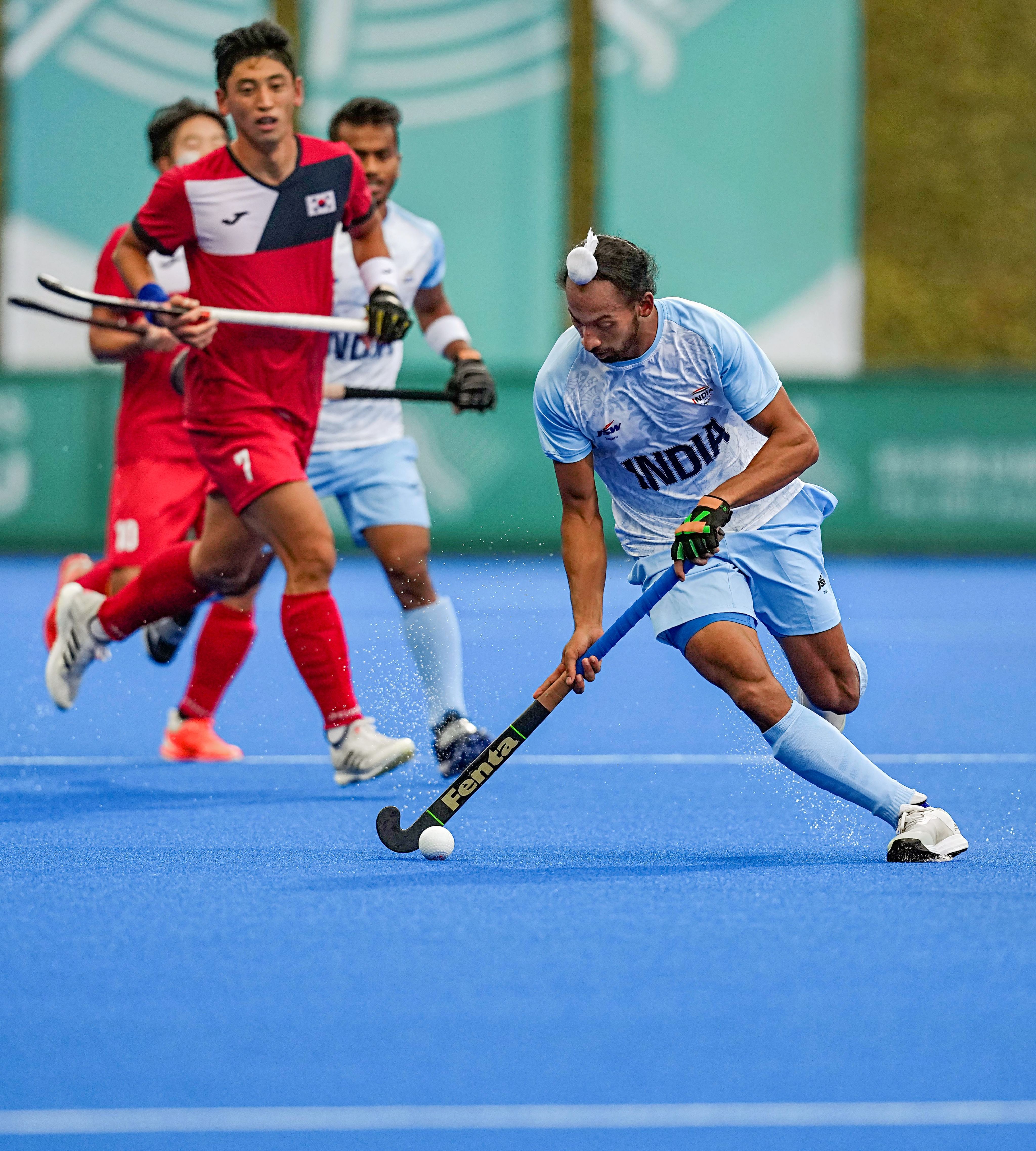
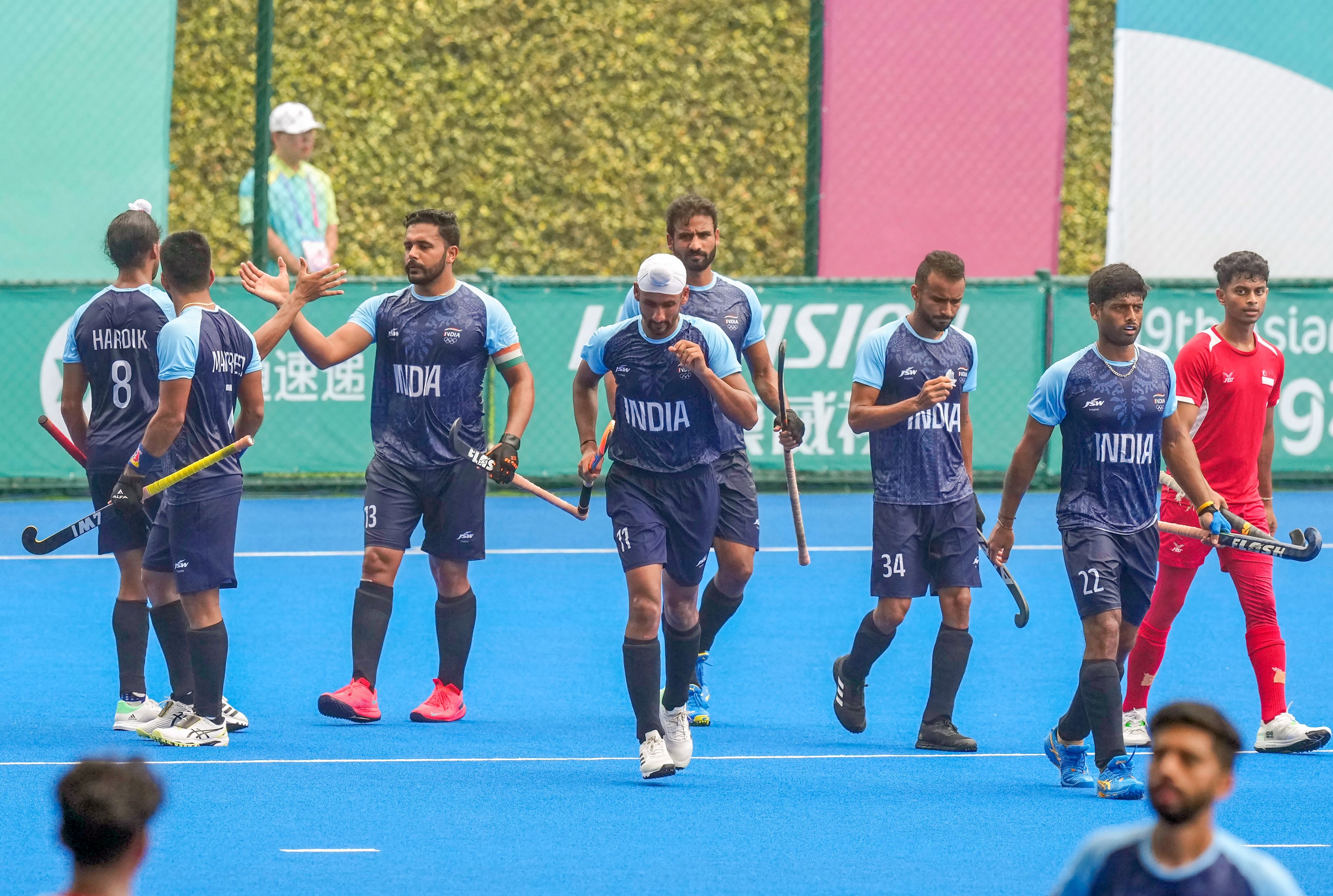
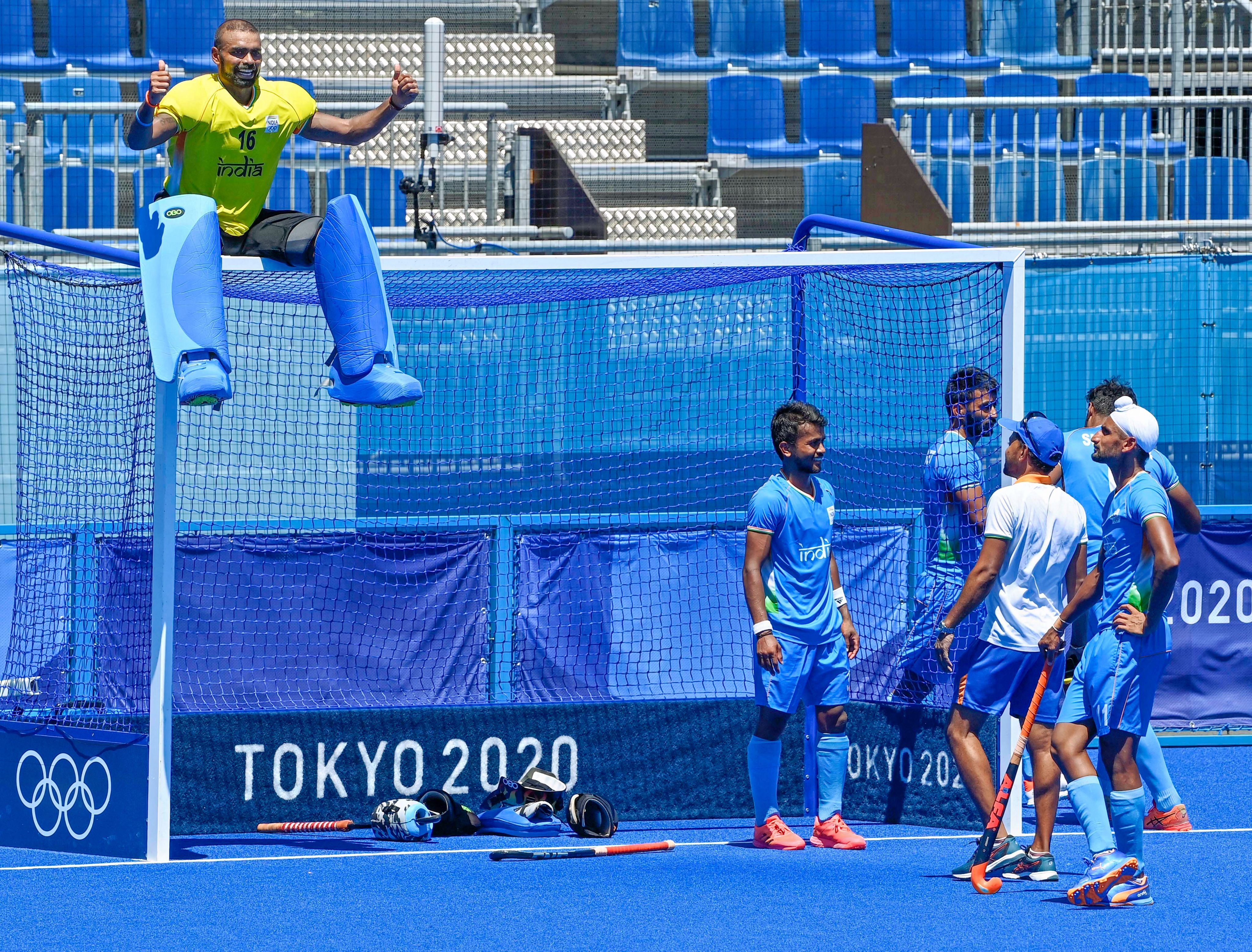
After a tumultuous year, wrestlers look to restore glory
Women wrestlers were at the forefront of one of the biggest controversies to grapple the Indian sports in its history. Some of their biggest names in the discipline protested against the former Wrestling Federation of India chief Brij Bhushan Singh for alleged sexual harassment.
Along with the sympathisers, there were also those who castigated the wrestlers for speaking up, spewed venom and questioned their intent. The backlash towards those finding courage to take on authority was on full display. Who then were the most affected — whether those who protested for the larger good or the others who were robbed of competitions because the sport came to a standstill — is a never-ending debate.
That storm, however, at least for the time being, seems to have passed and the grapplers are back where they belong — on the mat and away from the streets. And here too, leading the charge to restore the glory of their sport will be women wrestlers at the Paris Olympics.
Keeping the most clichéd unwritten law in sports ‘let your game do the talking’ in mind, Vinesh Phogat (who was at the centre of the controversy) is set to spearhead a contingent of six grapplers, five of those women, at the French capital.
While Vinesh (50 kg), Antim Panghal (53 kg), Anshu Malik (57 kg), Nisha Dahiya (68 kg) and Reetika Hooda (76 kg) eye glory in the women’s freestyle category, Aman Sehrawat will be the lone male wolf representing India in the men’s 57 kg section.
In a sport which rewards a competitor's tact with the final outcome of a match decided in seconds, all the six Indians will enter the Champ de Mars Arena (venue for wrestling) aware of the fact that they have a real chance of winning a medal.
For 29-year-old Vinesh, though fuelled by the need to prove a point, has challenges staring at her. If she doesn’t let factors such as lack of quality mat time or hurdles of competing in a lowered weight category burden her mind, Vinesh is India’s best bet to finally land herself an Olympic medal in her third appearance.
The next big hope lies on the country’s first-ever under-20 world champion, Antim, who along with Aman, is one of the only two Indians to be seeded at the Paris bash. With her biggest rivals in the category out of her way until the medal rounds, the fourth-seeded 19-year-old from Haryana is expected to step on the podium.
Speaking about the other three, Anshu will rely on the learnings from the past few years for a better show at her second Olympics while first-timers Nisha and Reetika are the dark horses capable of springing a surprise or two.
As for Aman, seeded sixth, he has his biggest rivals Japan's Rei Higuchi or Armenia's Arsen Harutyunyan as boulders to overcome if the Indian wishes to reach the peak. A tough road awaits the 21-year-old in his Olympic debut but knowing that he has nothing to lose could see Aman threatening his more experienced opponents for the crown.
Even though doubts loom large over the wrestlers’ performance going into the Games, the six fighters look well-prepared and eager to continue the sport’s tradition of landing a medal at the Olympics since 2008. This despite the off-the-mat noise that clouded the sport for a long time.
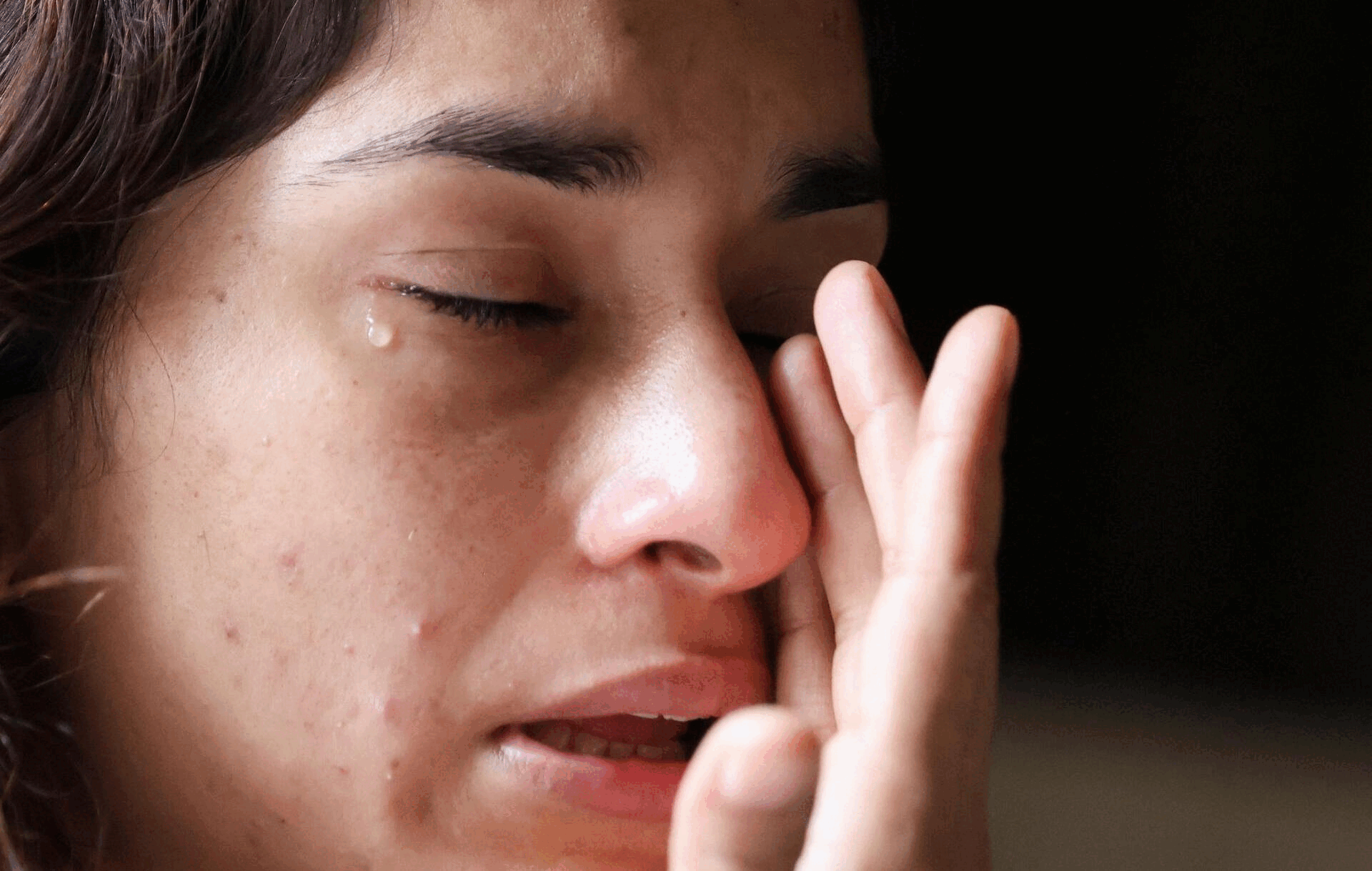
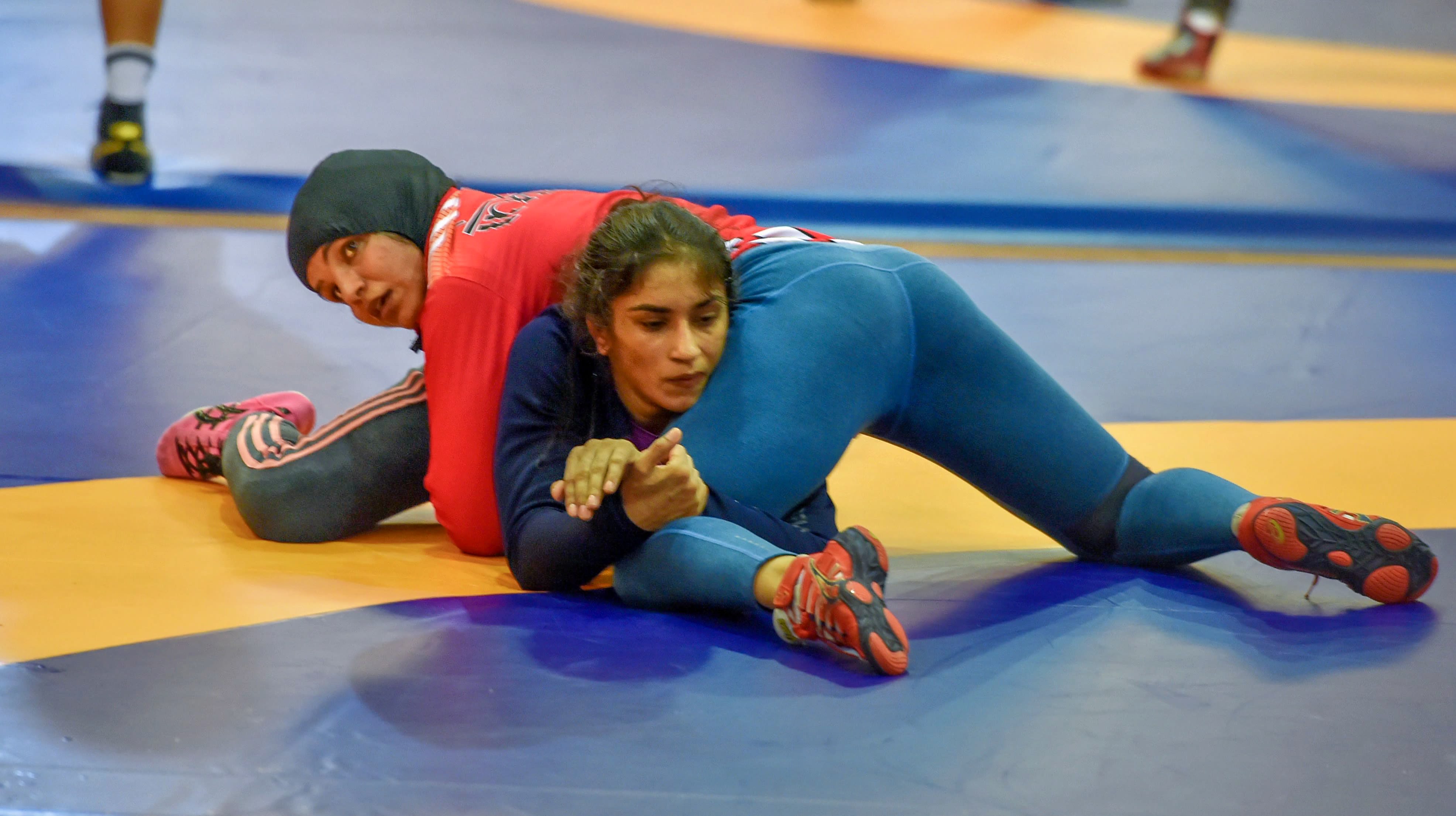
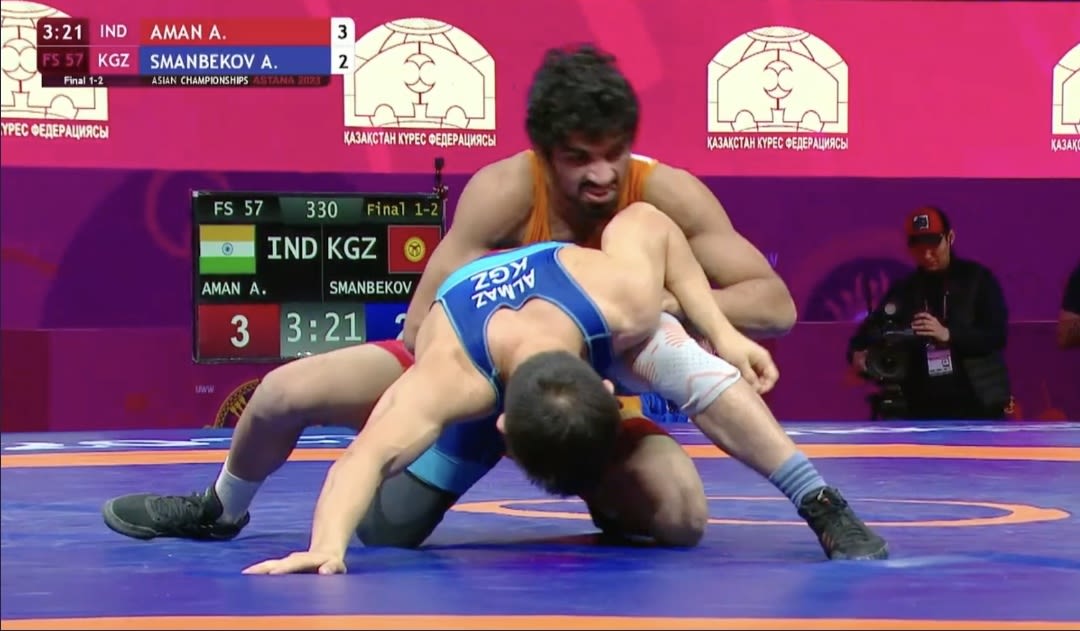
Shooting for the stars
After two disappointing Olympics, India hope for their shooters to be on mark in Paris
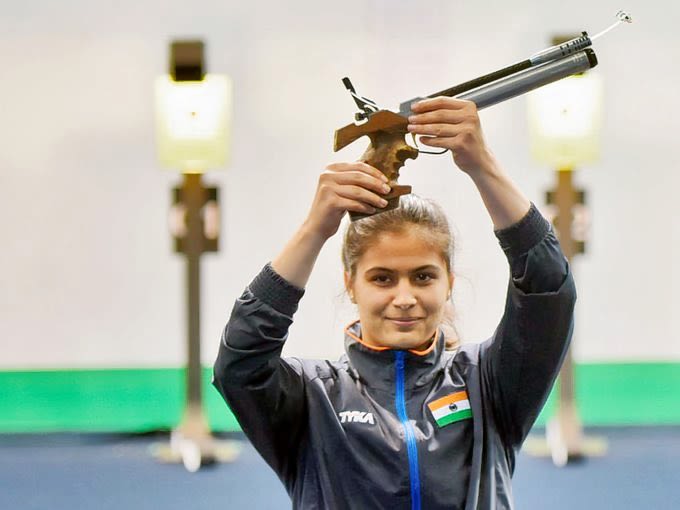
After returning empty-handed in Rio (2016) and Tokyo (2021), shooters have the potential to significantly impact India’s medal tally in the Paris Olympics with the 21-member contingent having shown enough promise in the run up to the ultimate test at the Chateauroux Shooting Centre from July 25 to August 6.
Indian shooters obtained 21 quotas — eight each in individual pistol and rifle events and five across the individual shotgun events — the maximum possible from the Olympic shooting qualifiers.
In the 2020 Olympics, the Indian shooters failed to deliver after a promising run-in. Only one finalist emerged from the 15-member strong contingent.
Saurabh Chaudhary topped the men’s 10m air pistol qualification but finished seventh in the final. Chaudhary paired up with Manu Bhaker and topped the mixed 10m air pistol qualification stage 1 but crashed out in stage 2.
A lever malfunction in Bhaker’s pistol, while being well on course to qualify for the final round of the women’s 10m air pistol event, cost her dear. She mustered a score of 575 in less than 34 minutes after replacing the defective part but fell two short of the required number to progress.
First-timers Elavenil Valarivan, Divyansh Singh Panwar, Aishwary Pratap Singh Tomar, Anjum Moudgil and Abhishek Verma all had positive debuts. Still, Indian shooters did not have a medal to show for their efforts.
To right the wrongs of the Tokyo debacle, the NRAI conducted a four-pronged trial to earmark the most in-form performers for the Paris Olympics squad and decided to pick trial winners over medal-winners. The top two shooters with the best of three average qualification scores were selected.
Bhaker, Aishwary, Anjum and Elavenil will all return for their second Olympic Games, and there are high expectations from debutantes Sift Kaur Samra, Esha Singh, and Rhythm Sangwan to deliver on their promise in Paris.
Rhythm has accrued four world championship titles and four ISSF World Cup gold medals and bettered a 29-year-old world record in the women’s 25m pistol event last year. Bhaker, now reunited with her long-time mentor Jaspal Rana, has been on a hot streak.
The 2022 Hangzhou Asian Games indicated the giant strides Indian shooters have taken. The 33-member brigade won an unprecedented 22 medals, including seven gold, nine silver and six bronze.
Sift, a gold medal winner in the 50m rifle 3 positions at the Asian Games, broke a world record in the final while 19-year-old Esha made waves in Hangzhou after bagging four medals.
Ramita Jindal, who won bronze in Hangzhou, shot just two-tenths under the World Record in trials to cut while Arjun Babuta shot an impressive 635.1 in the Munich World Cup.
Sarabjot Singh and Arjun Singh Cheema, Asian Games champions in the 10m air pistol event, will also be eyeing a good show.
The shotgun team features Asian Games and Asian Championships silver medallist Anant Jeet Singh Naruka, along with new faces Maheshwari Chauhan, Raiza Dhillon, Prithviraj Tondaiman, Rajeshwari Kumari and Shreyasi Singh, all of whom impressed across the ISSF Shotgun World Cup events.
Sports administrators have also played their part in ensuring the best possible preparation for the shooters.
Camps in France and exposure trips have also ensured that the shooters are acclimatised to the conditions and well-placed to end a 12-year medal drought.
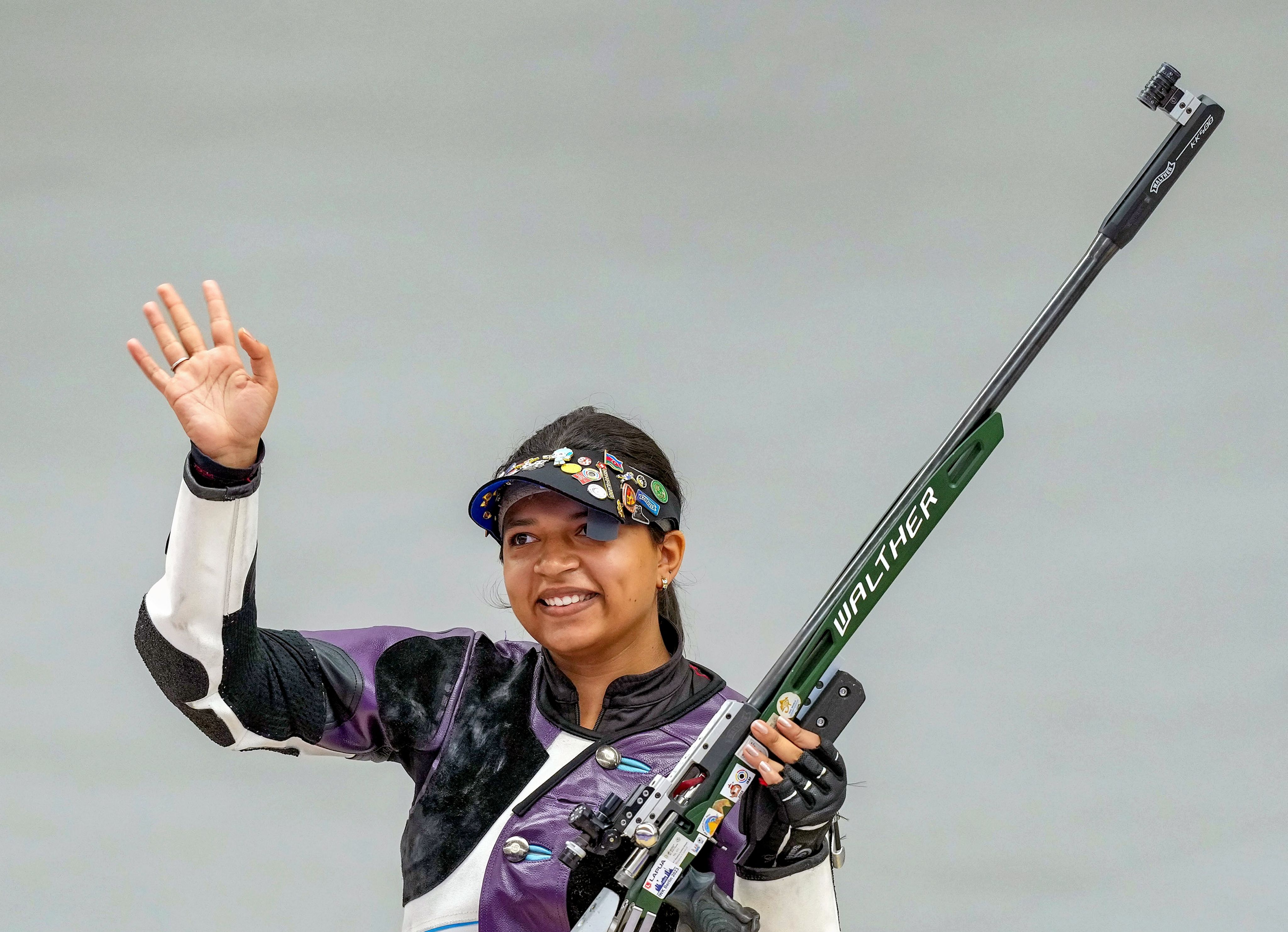

Of comebacks, redemption and mouthwatering rivalries
Athletics are the showpiece events of any multi-sports tournaments and the Olympics brings the best in the business from across the globe on one platform. While the world is yet to see another phenomenon like Usain Bolt, there is enough star power in Paris to light up the French capital.
Sha'Carri Richardson: Stunning fall & an inspiring rise
Sha'Carri Richardson set the tone for her own comeback story a year ago when she won the 100-metre US title, then the world championship, and brashly proclaimed: “I'm not back, I'm better.”
Now, with a trip to her first Olympics approaching, come new questions: Is she still better than a field of the fastest women on the planet? And can she handle the pressure that is unique to the Olympics?
The 24-year-old favourite in the Olympic 100 metres has been open and honest about her quest to become a more appreciative, mindful version of the person whose positive marijuana test at the 2021 US Olympic trials was her unfortunate introduction to a world that knew little about her.
But in the three years that have encompassed both her stunning fall and her inspiring comeback, she has given few details of what happened. She has dropped clues about the death of her biological mother and the bout with depression following that tragedy.
All of this mystery, turmoil and, ultimately, success have made Richardson larger than life and left her enthusiastic and growing fan base wanting more. Some on social media are keenly into what hairstyle and fingernails she will show off when she runs.
It has also made her more than a mere celebrity sprinter. She is a young, famous, black woman whose suspension evoked arguments about race, drugs, anti-doping rules and an Olympic ecosphere that is still largely run (and reported on) by older, white men.
Lyles looks to end elusive Olympic glory
American Noah Lyles proved once again that he can back up his fighting talk with strong performances on the track when he ran a personal best to secure a 100 metres victory in the final London Diamond League race before the Olympics.
Lyles, who styles himself "Nojo", headlines the Netflix series "Sprint" focused on the top Olympic medal contenders in Paris, and is known for his big personality and passion for fashion and music.
"I'm going to win, it's what I always do, I'm getting faster every week," Lyles said of his Olympic chances.
He delighted the London crowd with a trademark come-from-behind win in a personal best of 9.81 seconds — a two hundredths of a second improvement.
That lifted him to third-fastest in the world this year behind Kenya's Ferdinand Omanyala (9.79) and Jamaican Kishane Thompson (9.77). Lyles, who turned 27 recently, delivered a performance to celebrate, shooting past Botswana's Letsile Tebogo who led early but ultimately had to settle for third place, albeit matching his PB and national record of 9.88.
Though Lyles admitted he could have had a better start, the new personal best showed his training is paying off, after he ran 9.83 to win the US trials in Oregon a month ago.
Lyles, who built his reputation over 200 metres, became the first man since Usain Bolt to win three gold medals at a single world championships, in Budapest last year.
The Netflix series cast him as "heir to the throne" of the Jamaican king of sprint, chasing Bolt's world record of 9.58 — though that still looks out of reach, at least for this Olympics.
He is also an artist and rapper, and featured in a song in 2019 with US pole vaulter Sandi Morris and Swiss pop band Baba Shrimps.
Clash for ages between quartermilers
Femke Bol admits she is looking forward to what she says will be a "nice battle" with American arch-rival Sydney McLaughlin-Levrone at the Paris Olympics.
The Dutchwoman, who claimed gold at the London Diamond League recently, won Olympic 400m hurdles bronze in the Covid-delayed Tokyo Games in 2021 when McLaughlin-Levrone claimed gold in a then-world record of 51.46 seconds.
The American bettered that first in June 2022 at the US trials in Eugene by 0.05sec before taking it down to 50.68sec when winning gold at the world championships on the same track later that year.
The American missed last year's worlds through injury and Bol won.
Bol, like McLaughlin-Levrone, is a talented performer over 400m flat.
At the European championships in Munich in 2022, Bol won gold in that event as well as the hurdles and in March set a new world record in winning world indoor gold over 400m in Glasgow.
But the 24-year-old will not be running the 400m flat in Paris: "Only the hurdles and the relay."
While Bol was on national duty in Rome at the European Championships, McLaughlin-Levrone showcased her versatility in New York by setting a world-leading time of 48.75sec over the 400m, falling just 0.05sec short of breaking Sanya Richards-Ross' American women's record.
Before that she set a then world-leading 52.70sec in her first 400m hurdles race for nearly two years in Atlanta on June 1. Bol lowered that to 52.49sec when winning in Rome.
McLaughlin-Levrone may not have run her signature event since August 2022, but there were no signs of rust.
It sets the 400m hurdles in Paris up very nicely.
Kerr and Ingebrigtsen
revelling in rivalry
Should world champion Josh Kerr make it to the final of the men's 1500m at the Paris Olympics, he will likely line up against Jakob Ingebrigtsen in what is shaping to be one of the tastiest track rivalries of the Summer Games.
Kerr and Ingebrigtsen have traded barbs since the Scot swept past the Norwegian to snatch world gold in Budapest last year.
It was a remarkable repeat of team-mate Jake Wightman's victory over Ingebrigtsen at the 2022 Eugene worlds, where Kerr claimed bronze.
Kerr, 26, has gone on to claim the world indoor 3000m title in March in Glasgow, shortly after setting a new indoor 2 mile world record.
"I'm the mailman, I guess!" Kerr said of his ability to deliver.
Ingebrigtsen, however, claimed that he could have beaten Kerr in the 2 mile race "blindfolded".
"But it's good that people run better than they have done before," said Ingebrigtsen, who wrapped up a third 1500/5,000m golden double at the European championships in Rome.
Kerr for his part has said he thinks that Ingebrigtsen has some "major weakness" and flaws in the "manners realm", all the while praising his rival as "very dedicated and amazing at our sport".
"He also wants to be the best in the world and so do I, and that's going to make us clash 10 times out of 10. I'll always have respect for his performances."
Jonathan Edwards, the reigning world record triple jump holder, told AFP that fans craved the kind of competition that could throw up the odd prickly exchange.
"That thing between Josh Kerr and Ingebrigtsen is great, it's really good. You need those rivalries," Edwards said.
"The essence of athletics is faster, further, higher. There is something in the pursuit of excellence for excellence's sake and that records should still be held up as the gold standard because I think that's the essence for track and field.
"But rivalries are important and I think they are the root of track and field."
Vaulting
to glory
Armand Duplantis will try to defend his pole vault title and become the first man since 1956 to win the event at consecutive Olympics. He has broken the world record eight times over the past four years, each time by 1 centimetre; it now stands at 6.24 metres.
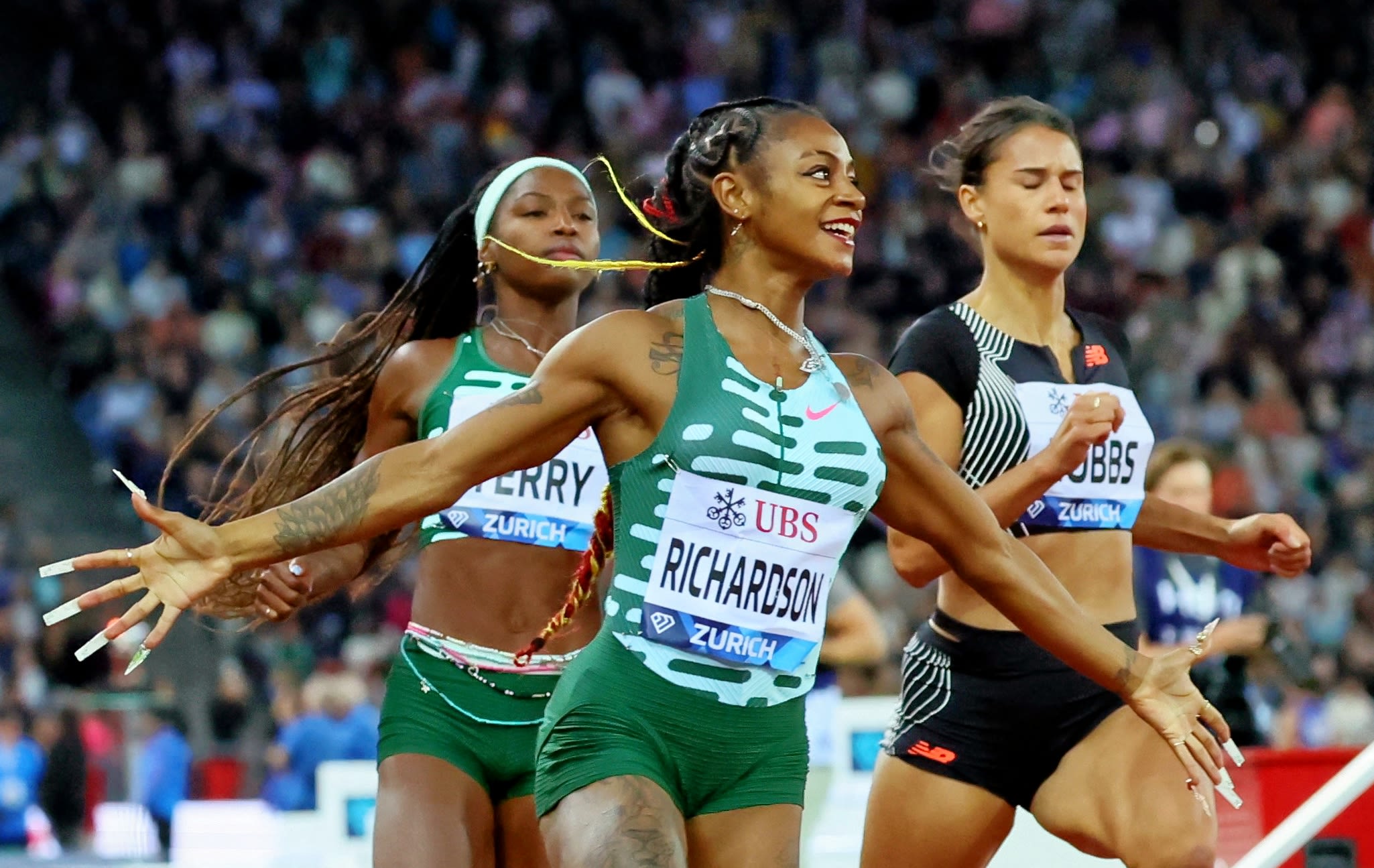
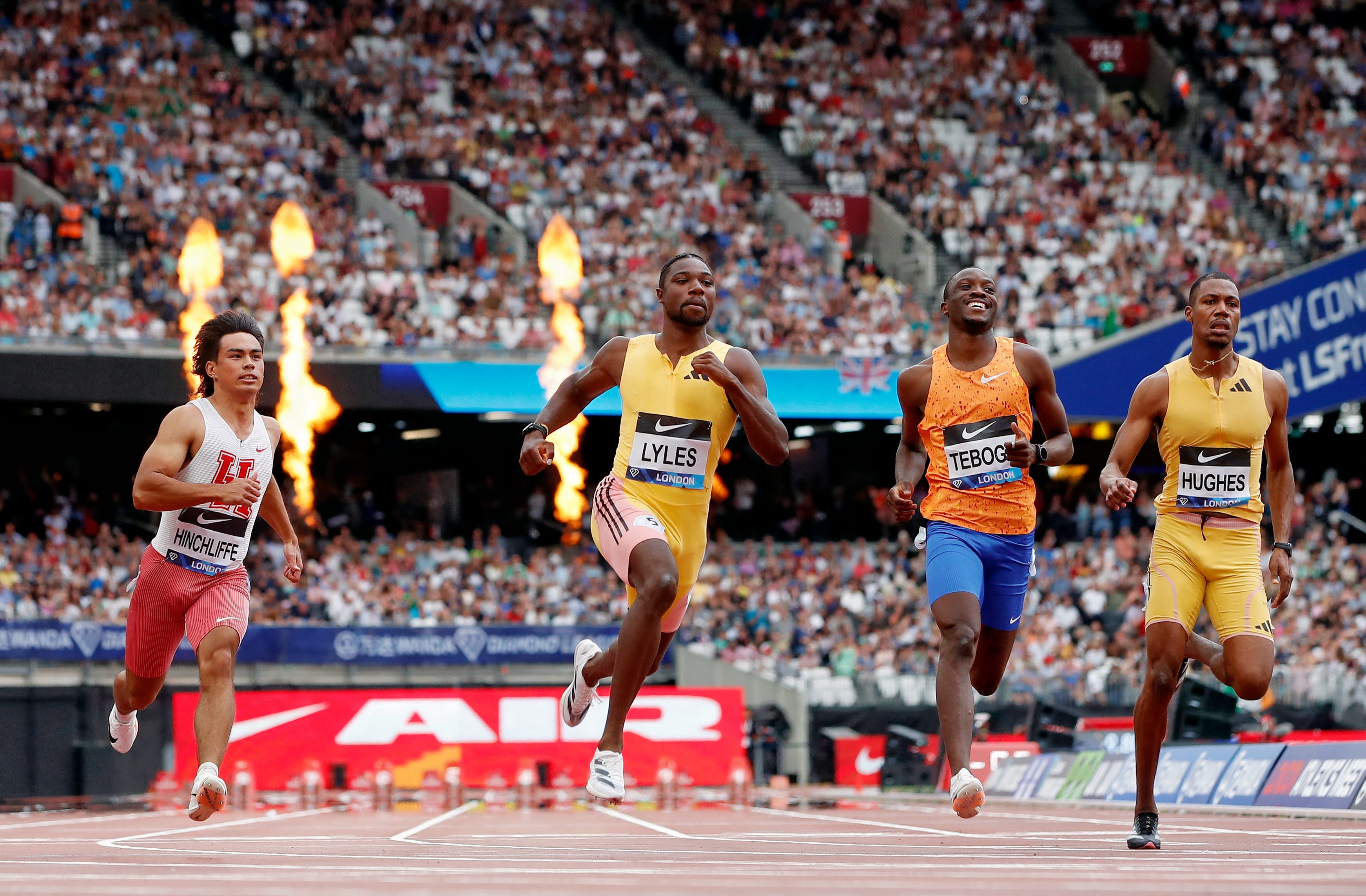
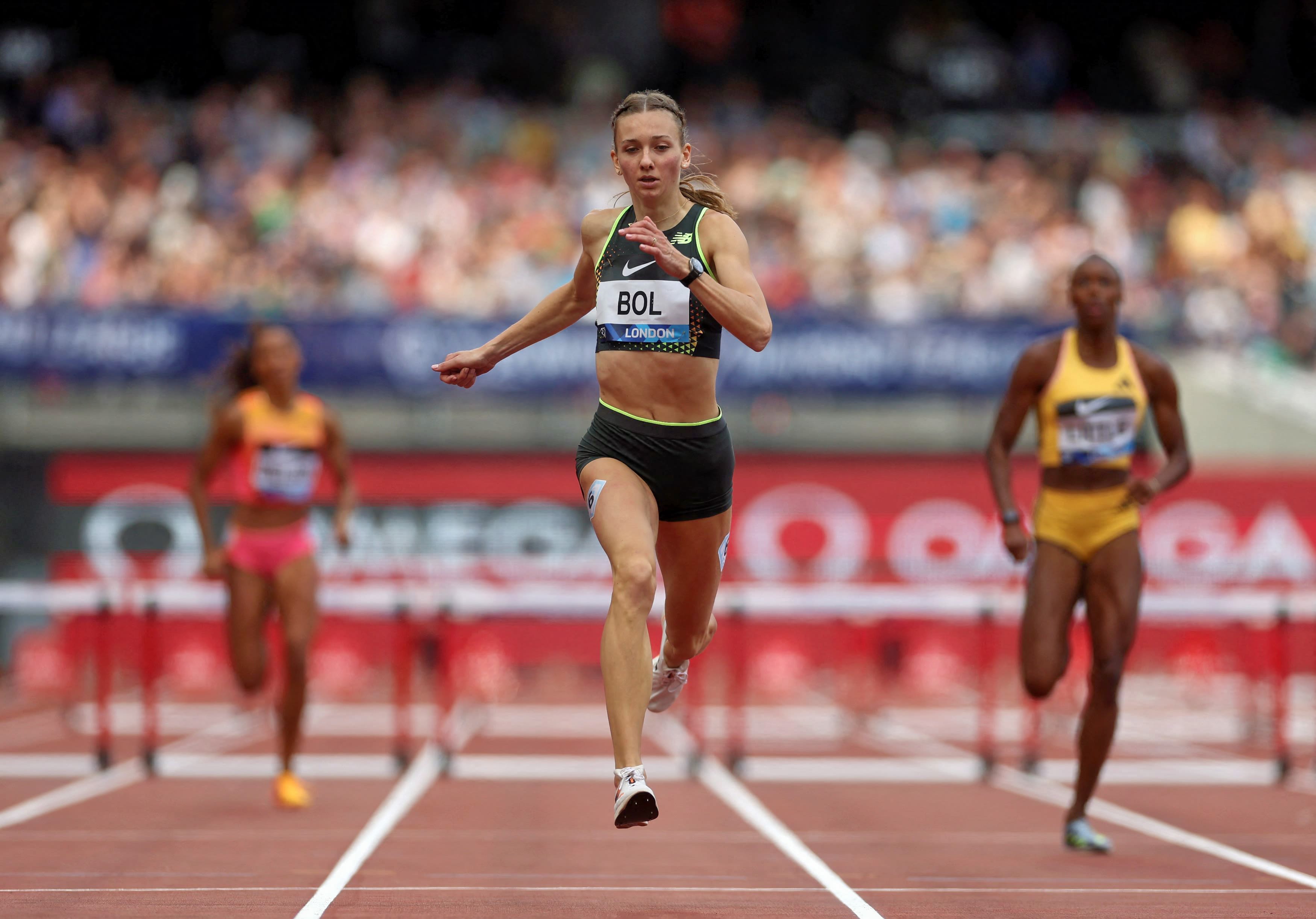
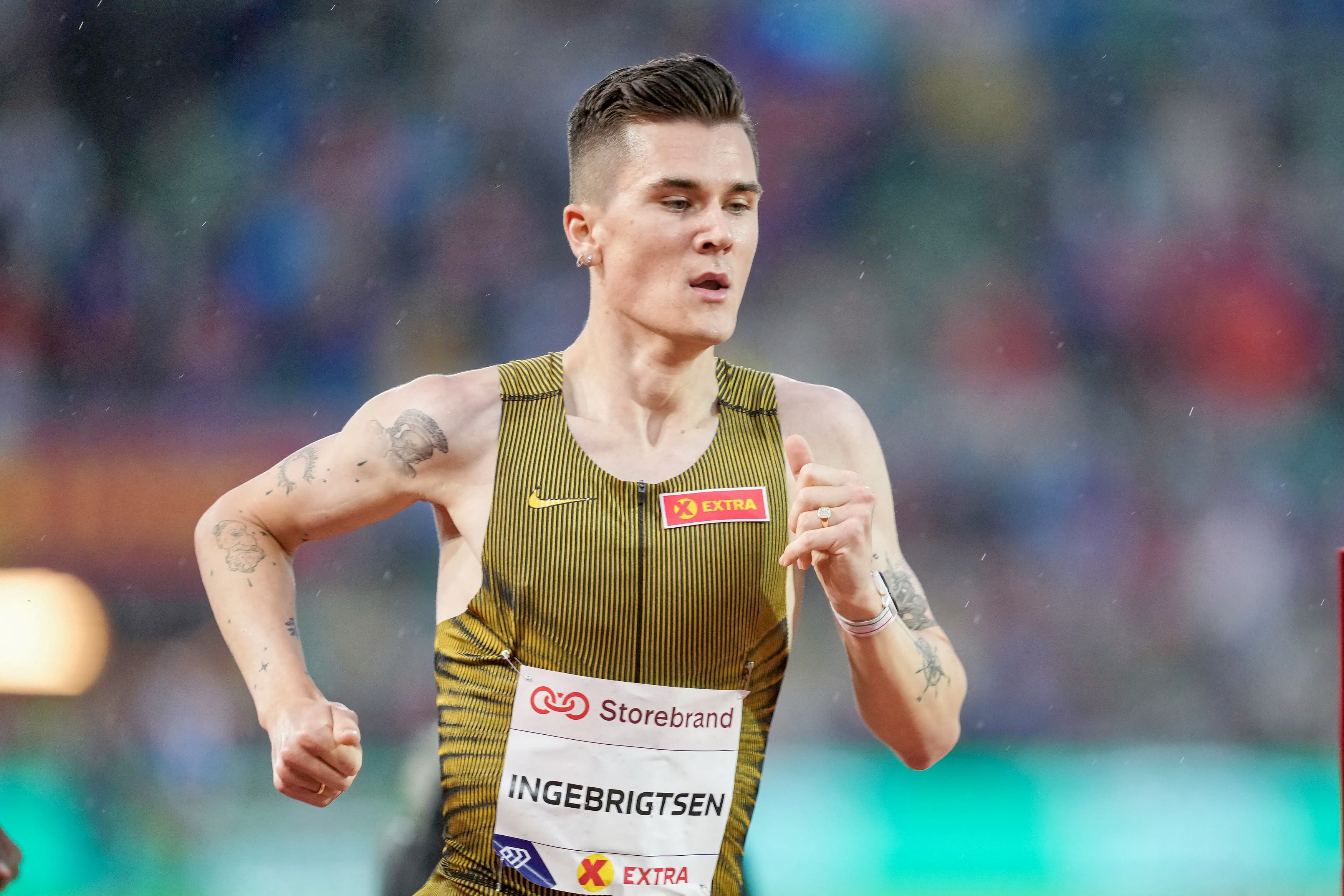
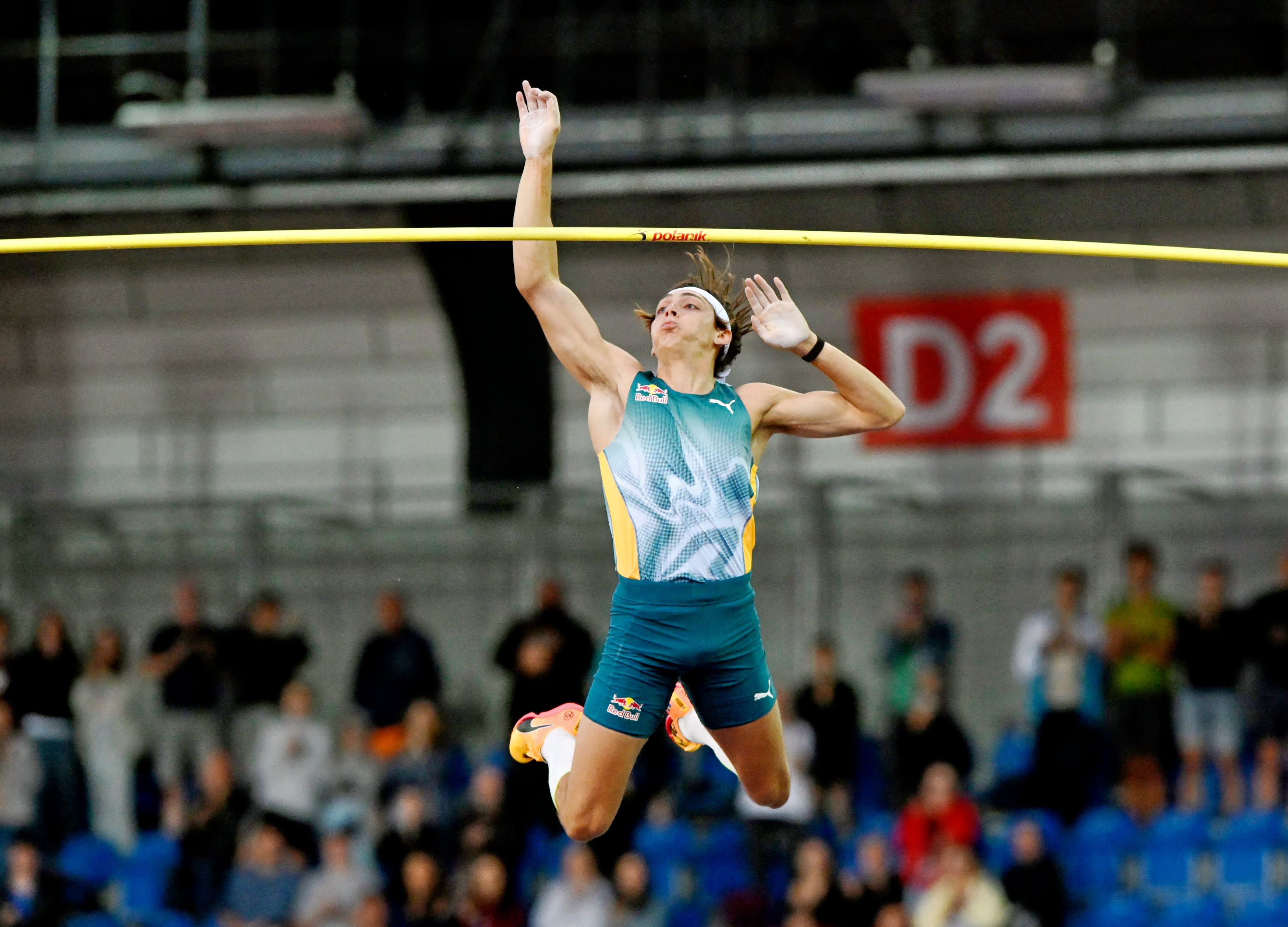
From Nadal and LeBron, the final Olympic hurrah...

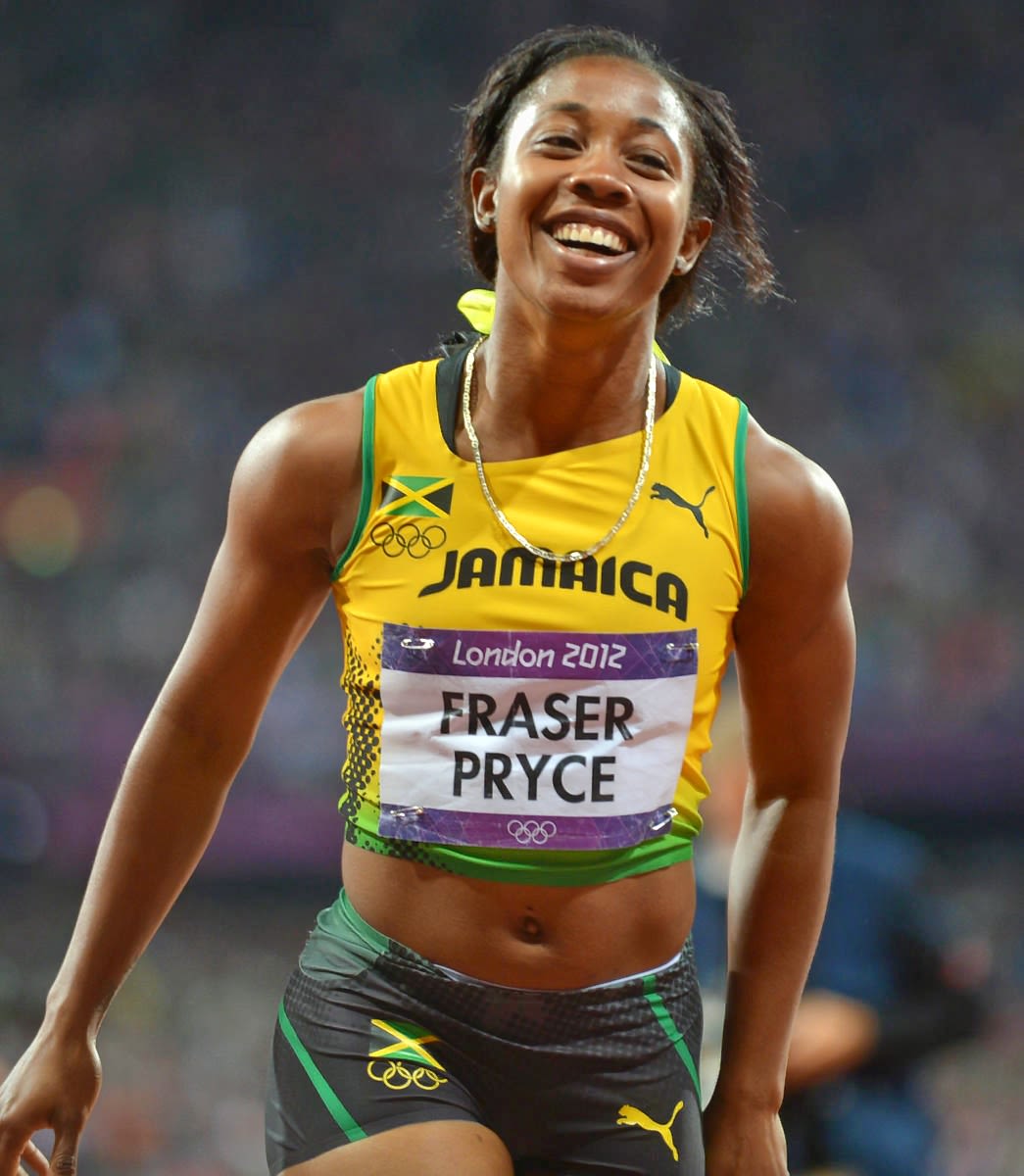
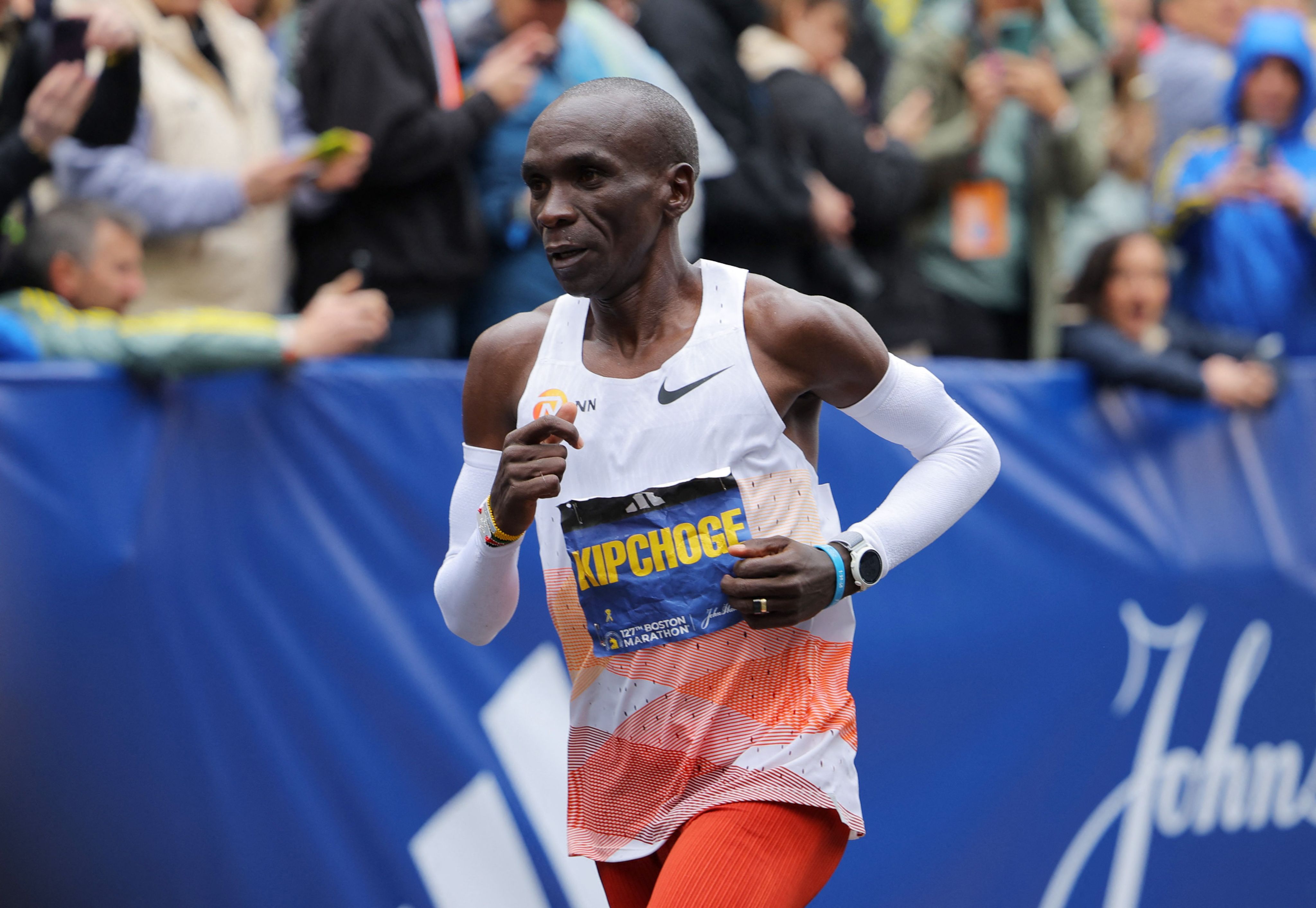
Some of sports' biggest names will appear for one final time on the biggest stage of them all. Despite creaking knees and troubling shoulders, these stalwarts are sure to bring all that has left in them and leave it on the tracks or courts for one last shot at ultimate glory.
Rafael Nadal will head to the Paris Olympics for one final time, chasing a third gold medal but admitted his "level was so far from what it should be."
The 38-year-old Spanish great skipped Wimbledon to focus on his clay-court bag of tricks ahead of the Olympics which are being played at Roland Garros, the site of 14 of his 22 Grand Slam triumphs.
At the Games, Nadal will be looking to add to his singles gold from the 2008 Olympics in Beijing and doubles victory at Rio in 2016.
As well as singles, in Paris he will team up with French Open and Wimbledon champion Carlos Alcaraz.
The former world number one has played just six tournaments in 2024 due to injury while his ranking has slumped to 261.
LeBron James, at 39, is about to become the first US men's basketball player to compete at the Olympics in three different decades. To get an idea of what stage he's at in his career, consider this: When James and the US team opened their Olympic training camp in Las Vegas, his son, Bronny, was making his pro debut for the Los Angeles Lakers in the California Classic summer league. Paris would be his last Games since he played at London 2012.
Shelly-Anne Fraser Pryce, the Jamaican sprinter, has announced that the Paris Games will be her fifth and final Olympics. The 37-year-old Fraser-Pryce, who has won eight Olympic medals, wants to spend more time with her husband and 6-year-old son, Zyon. Fraser-Pryce will run against Sha'Carri Richardson in the 100 metres. Fraser-Pryce has four more Olympics and eight more Olympic medals than Richardson. Experience matters on the sport's biggest stage, but is it enough to outclass Richardson's unmatched speed in 2024?
When Eliud Kipchoge started out running in the early 2000s, the Kenyan simply wanted to get on a plane and go to Europe.
Two decades later, the Kenyan marathon legend is heading to Paris for what could be his final challenge at the 2024 Olympics.
At 39, he says he is hoping to make history on August 11 by becoming the "first human being" to win the Olympic marathon three times in succession, overtaking Ethiopia's Abebe Bikila (1960, 1964) and Waldemar Cierpinski of Germany (1976, 1980).
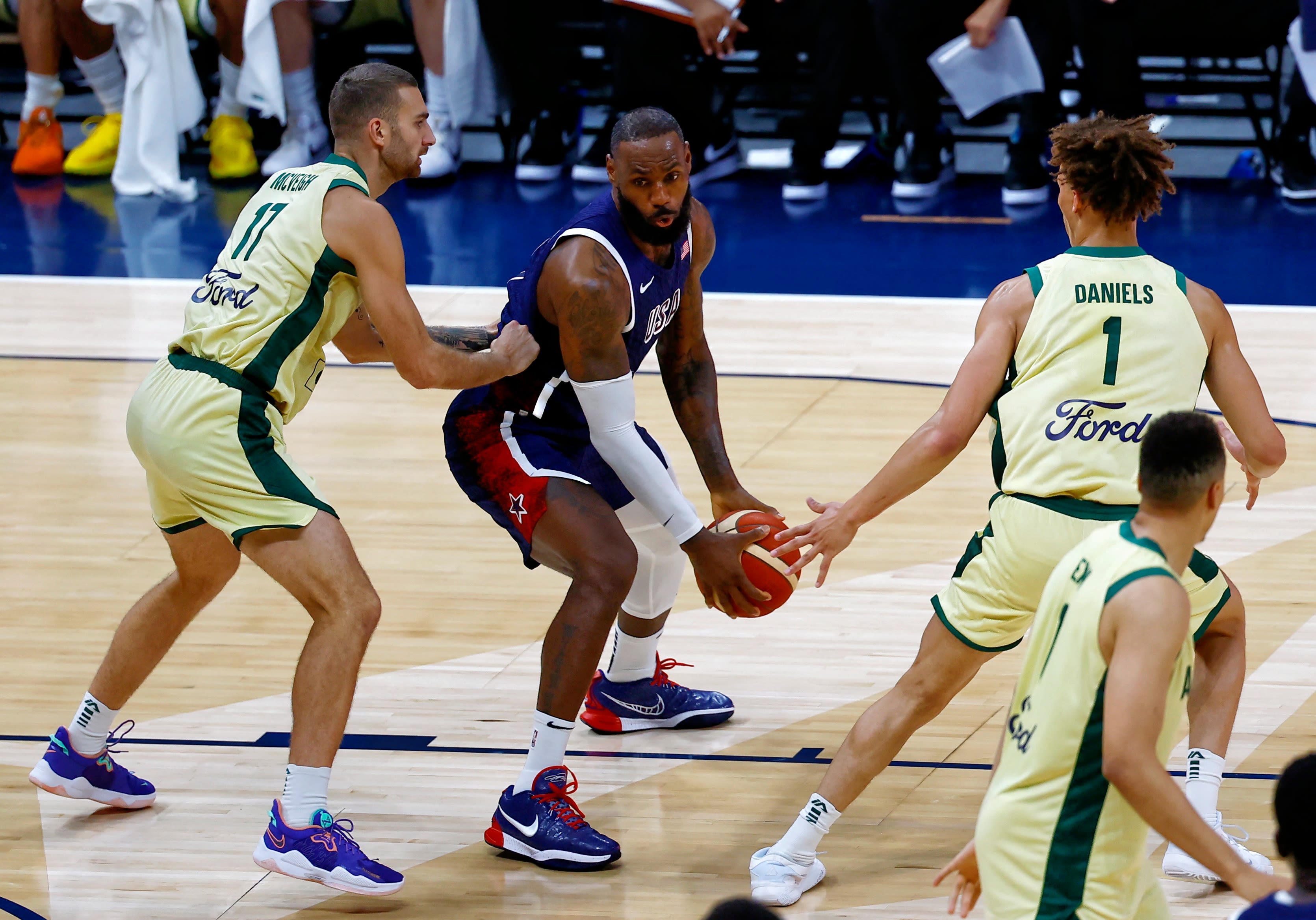
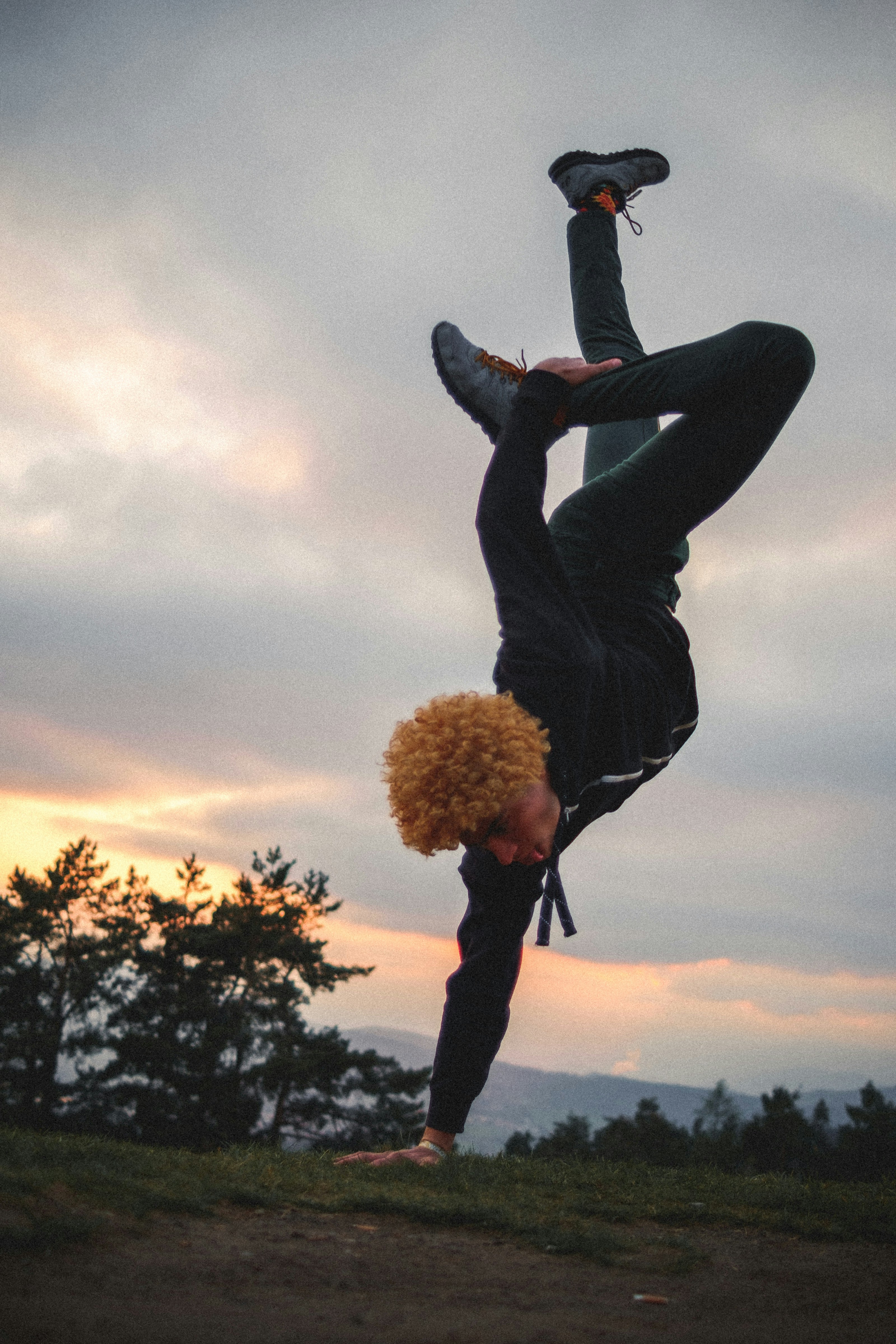
BREAKING
The Paris Olympics will see the introduction of breaking commonly known as breakdancing. Breaking first emerged as a style of dance in the Bronx during the 1970s and has morphed into a competitive sport with events now conducted worldwide. Breaking debuted in the 2018 Youth Olympic Games but will not return for the 2028 Los Angeles iteration. In Paris, 16 men and women, known as B-boys and B-girls, will face off in a round-robin format, followed by quarterfinals, semifinals and medal rounds. Each battle will witness a best-of-three one-on-one contest lasting one minute. The B-boys and B-girls will be unaware of the music beforehand and will need to improvise on the spot.
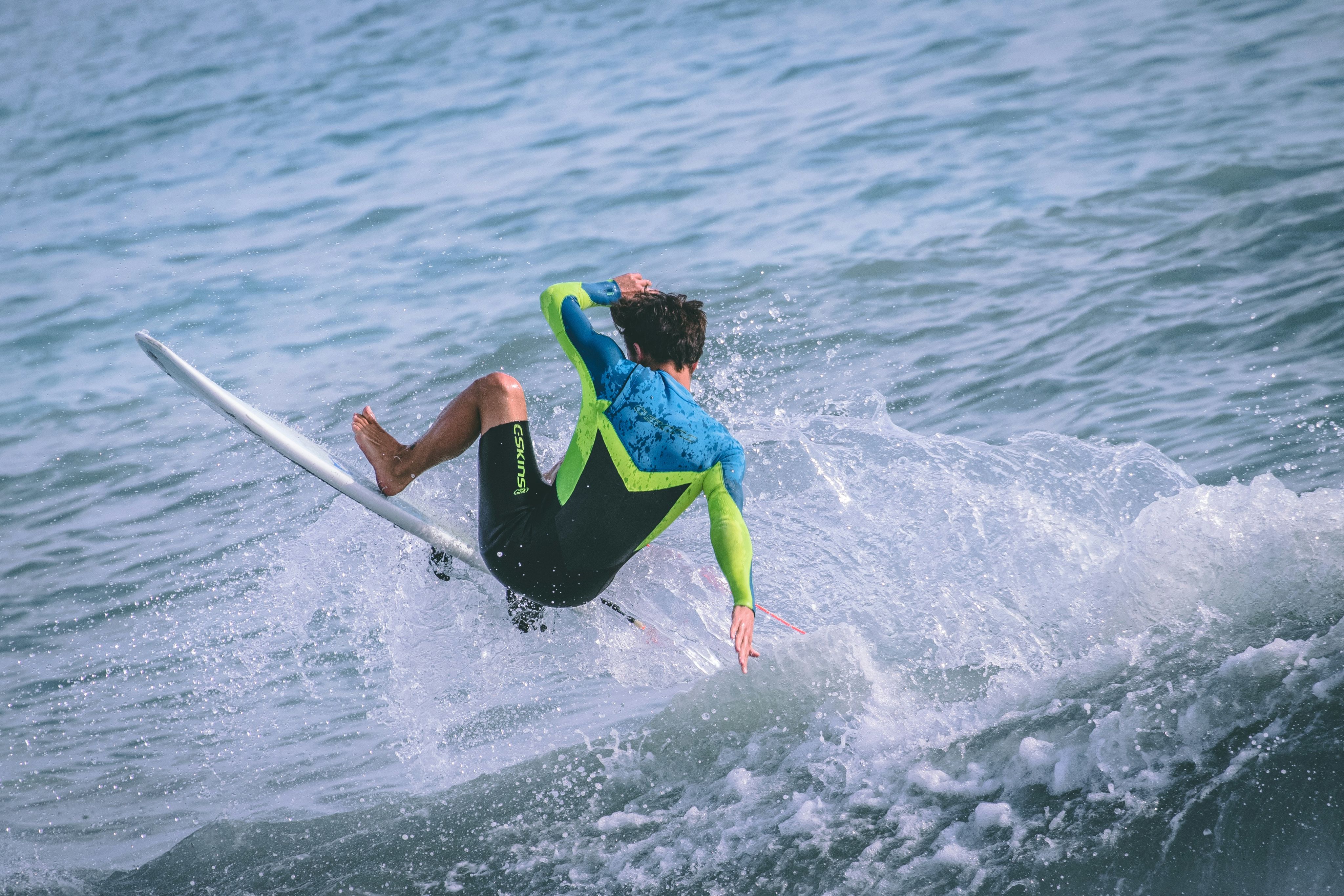
SURFING & CLIMBING
Surfing will take place over 15000 kilometres from the French capital – at Teahupo’o on the island of Tahiti. Sport climbing will feature a bouldering and lead combined event, in addition to a speed event. In the speed event, athletes will climb up a 15-metre wall, racing side-by-side in a timed challenge, while the combined event will see athletes earn points for their technique. The kayak cross will make its debut in Paris under the canoe slalom discipline, in which four athletes race each other on a ramp above the water through a course featuring up to six downstream and two upstream gates. This is the first time at an Olympics that canoe slalom features a race between athletes.
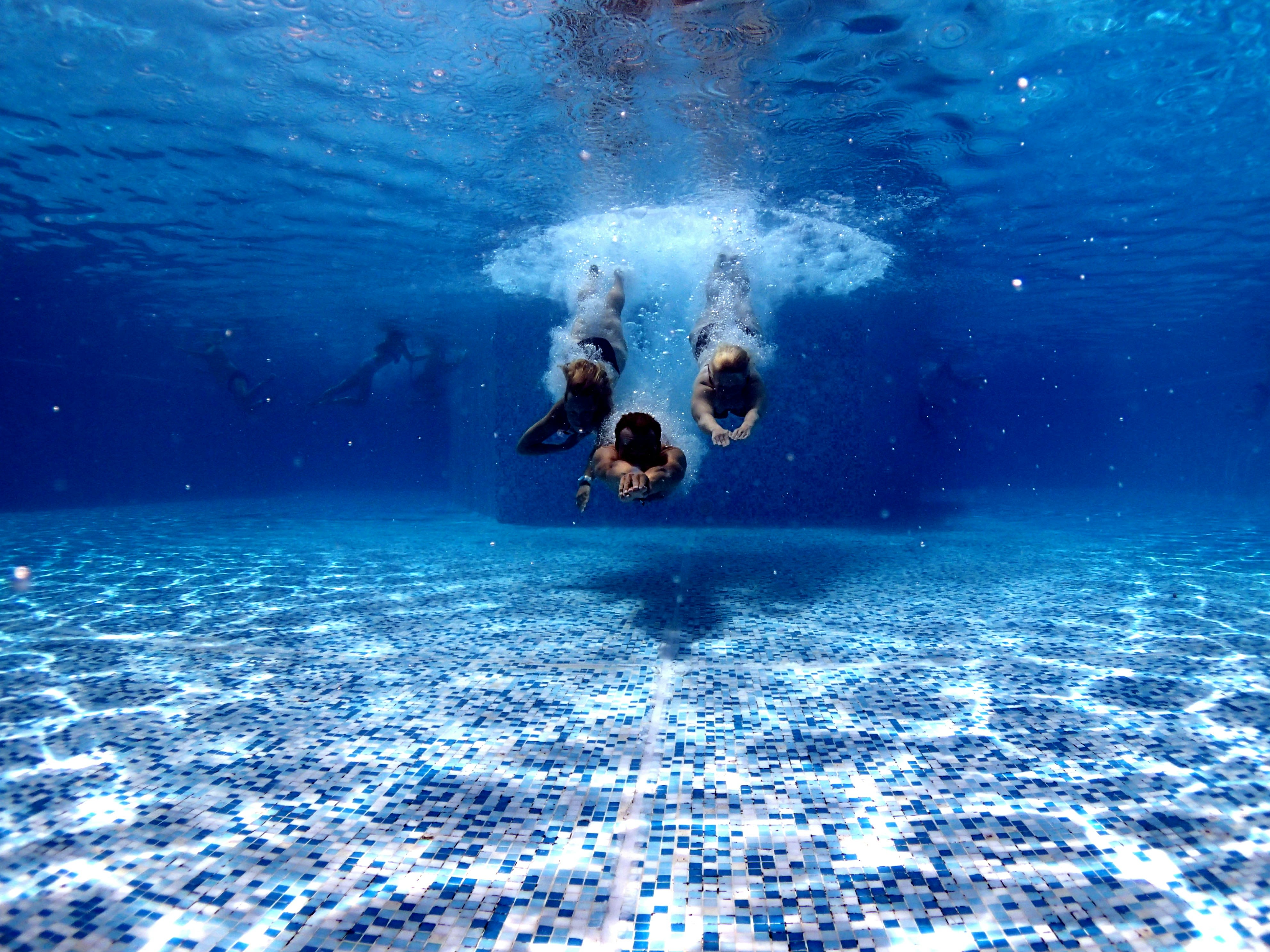
CHANGES & ADDITIONS
Men are introduced in the artistic swimming competition for the first time, a new women’s weight class has been added in boxing, and two kite events have been added to sailing. In shooting, the mixed skeet team event replaces the mixed team trap event, and the number of weight classes in weightlifting has been brought down to 10 from 14. In track and field sport, the marathon race walk mixed relay replaces the men’s 50km race walk, while a repechage round has been added to all four races between 200m and 1500m, including hurdles. Athletes who don’t progress through the preliminary rounds will have a second chance of making the semifinals in the repechage heats.
Authors: Sidney Kiran, Hita Prakash, Sathvik Bharadwaj
Production: Shobhana Sachidanand
Photos: Wikipedia, PTI, DH File Photos by K N Shanth Kumar, Reuters, Unsplash
Data: Madhu Jawali, Sathvik Bharadwaj
Video: DH Video Team
Icons: Noun Project
